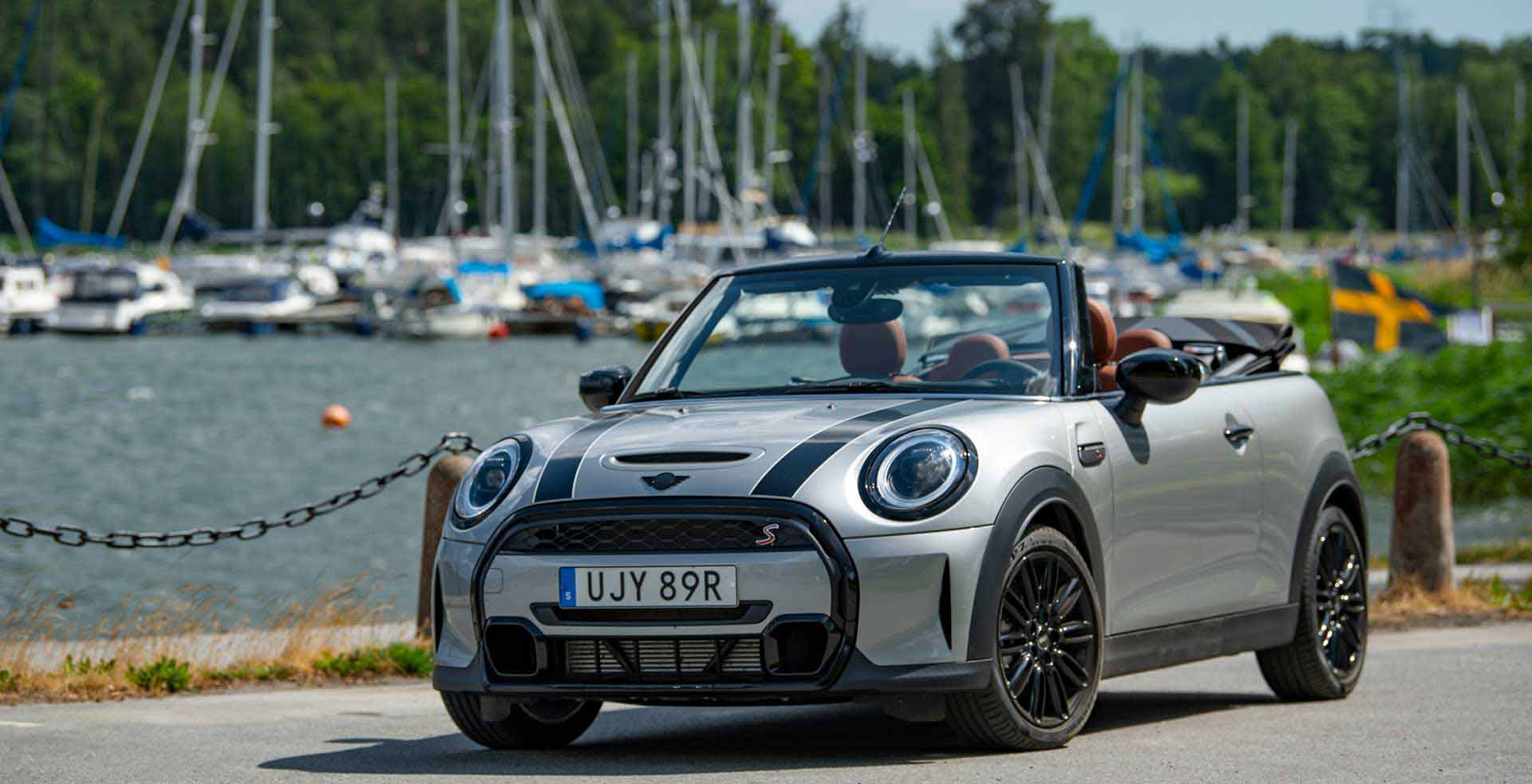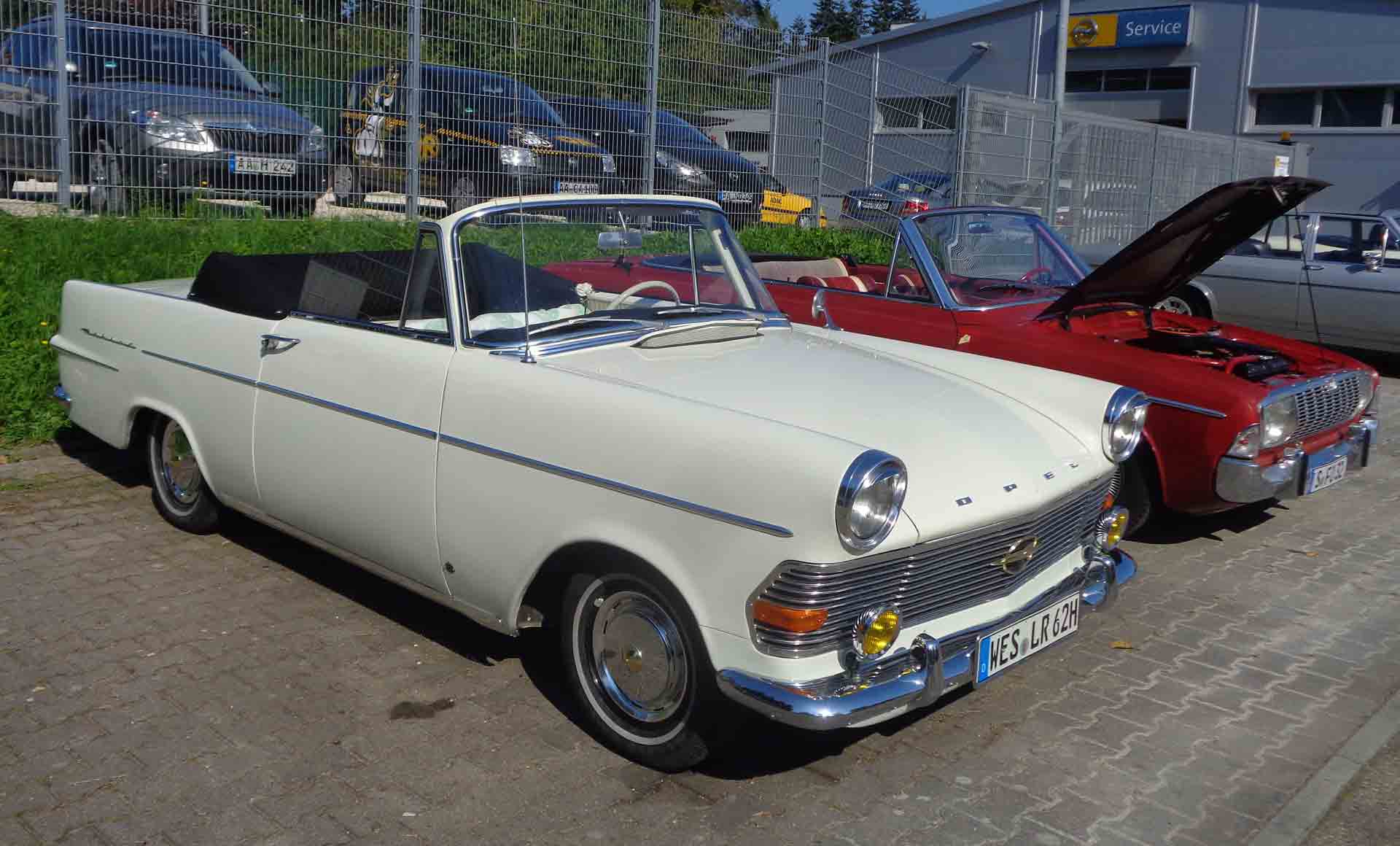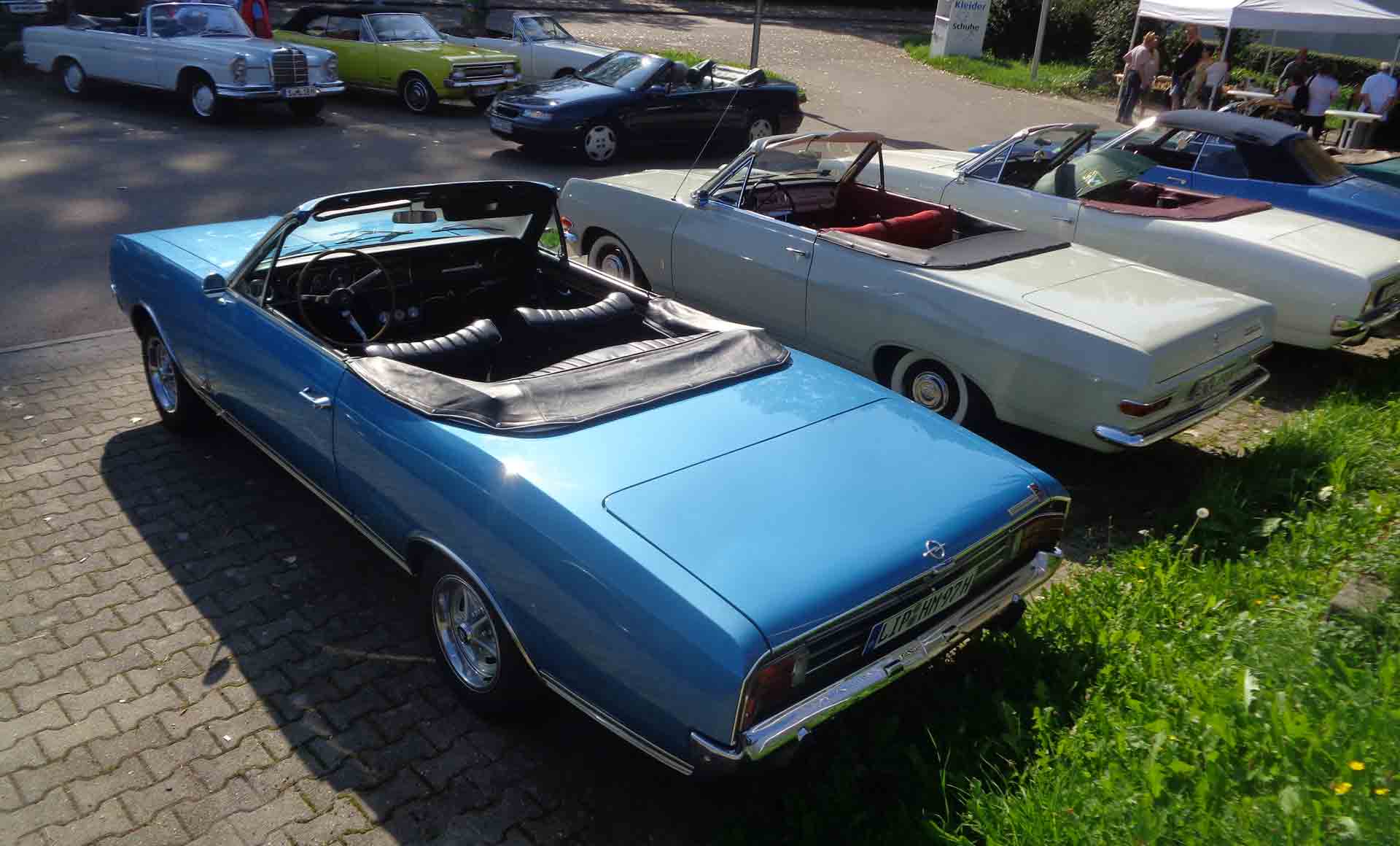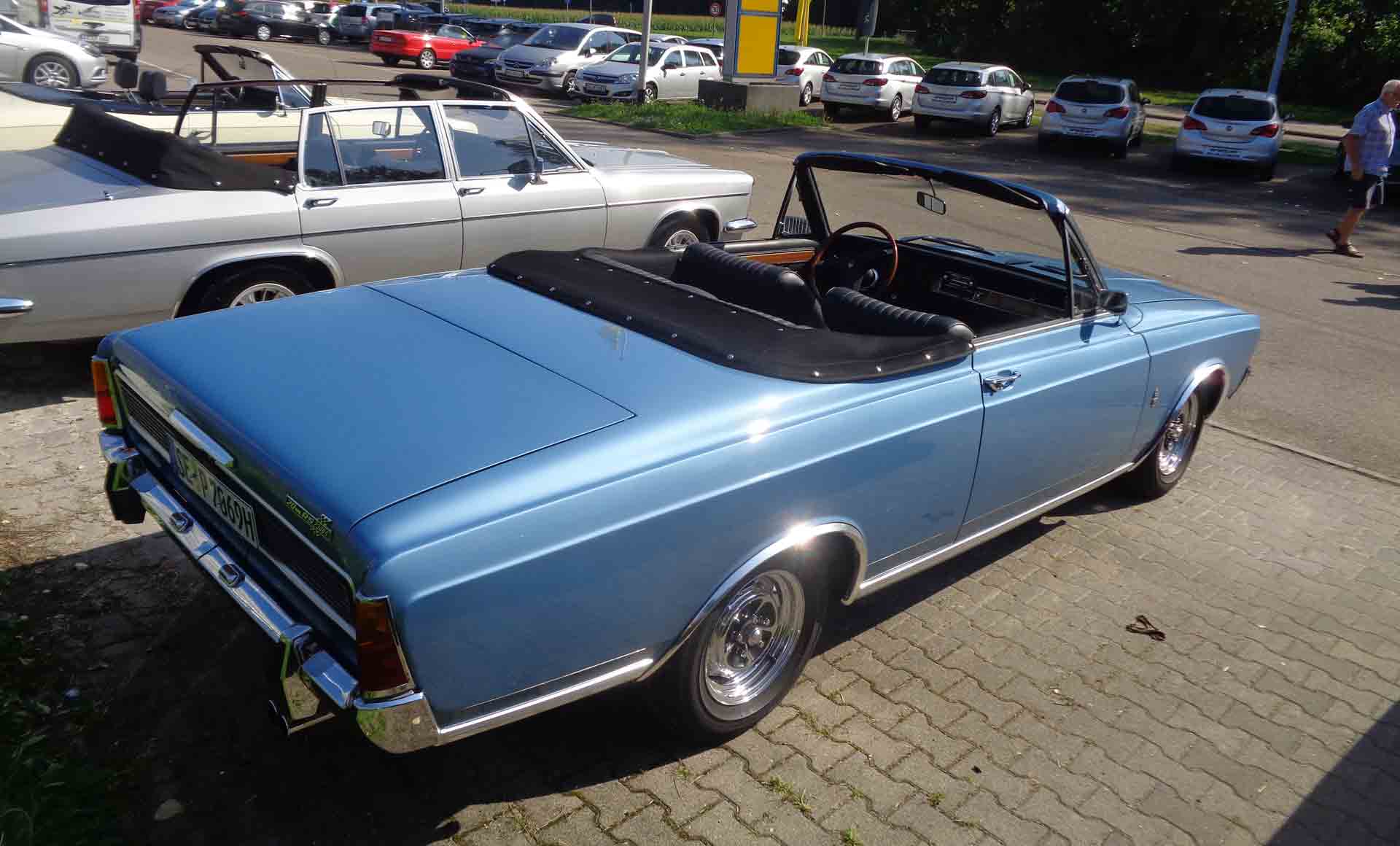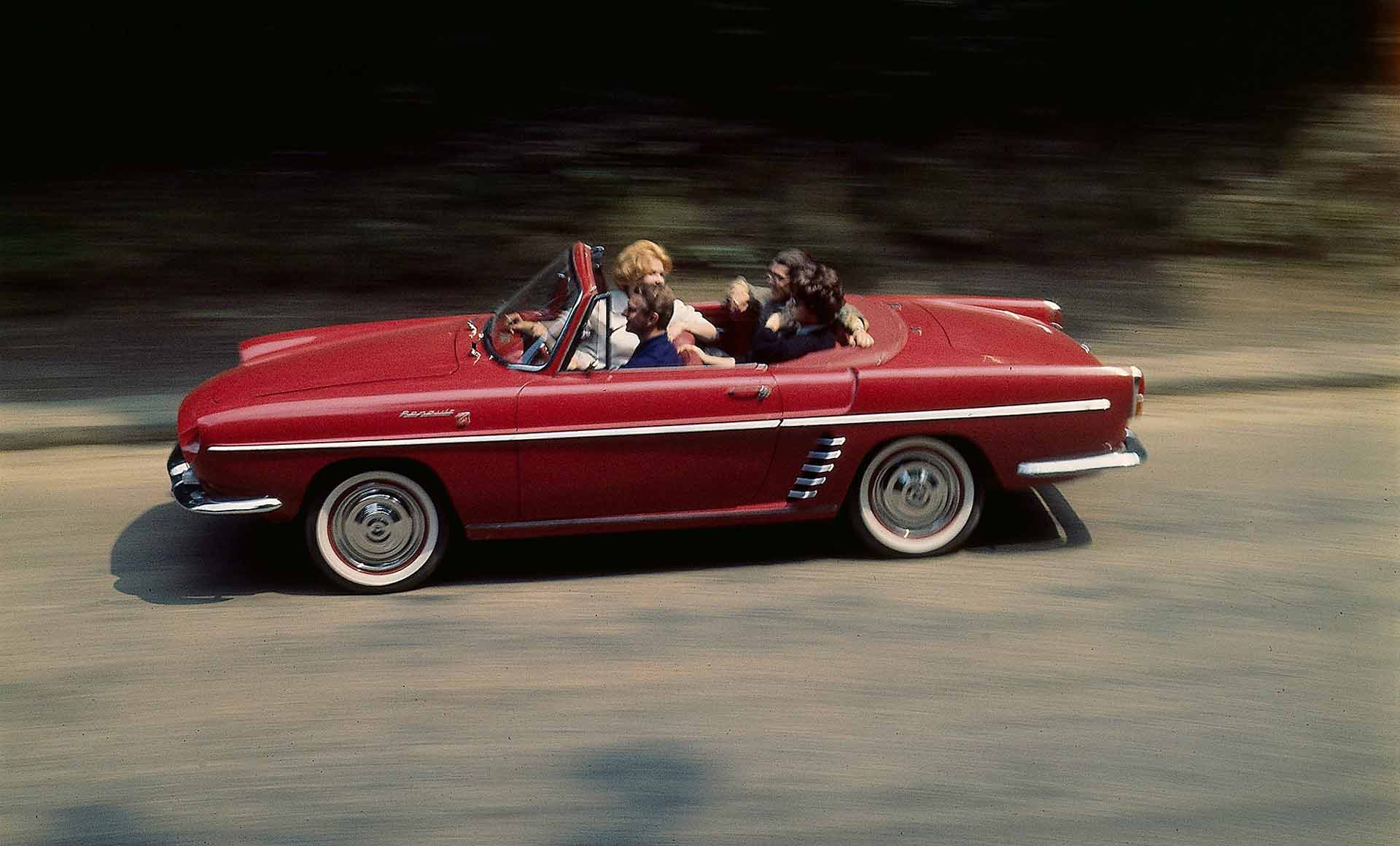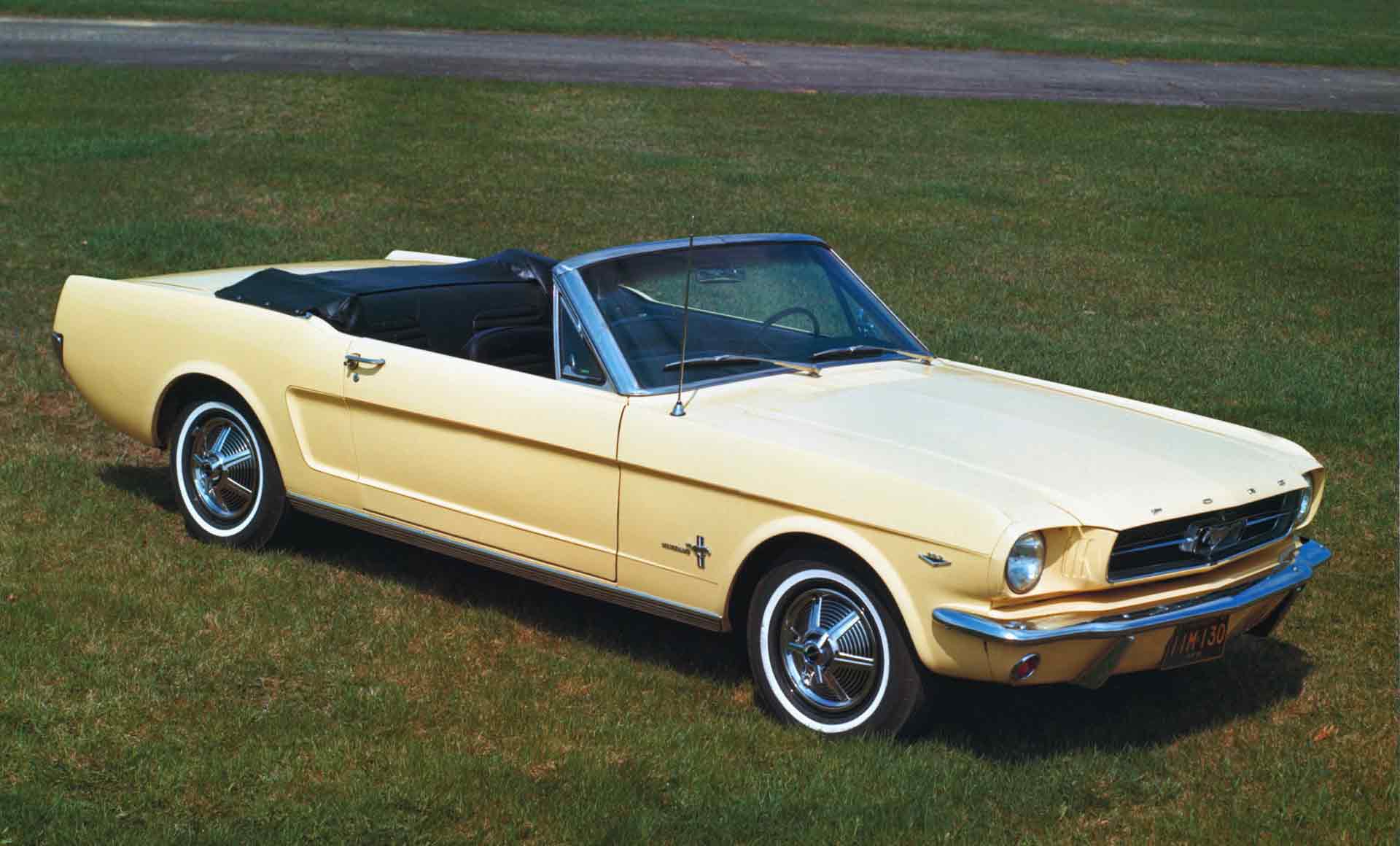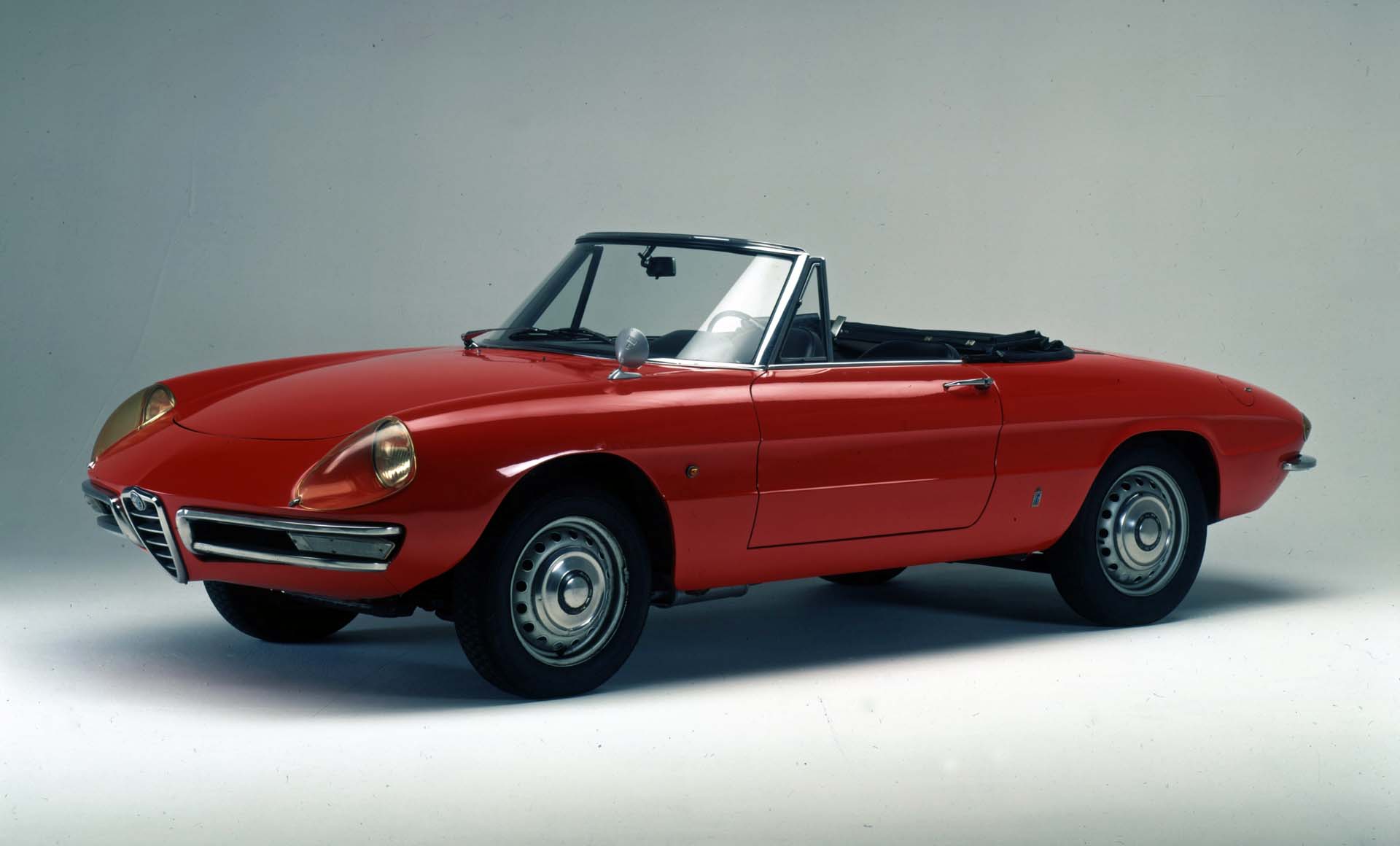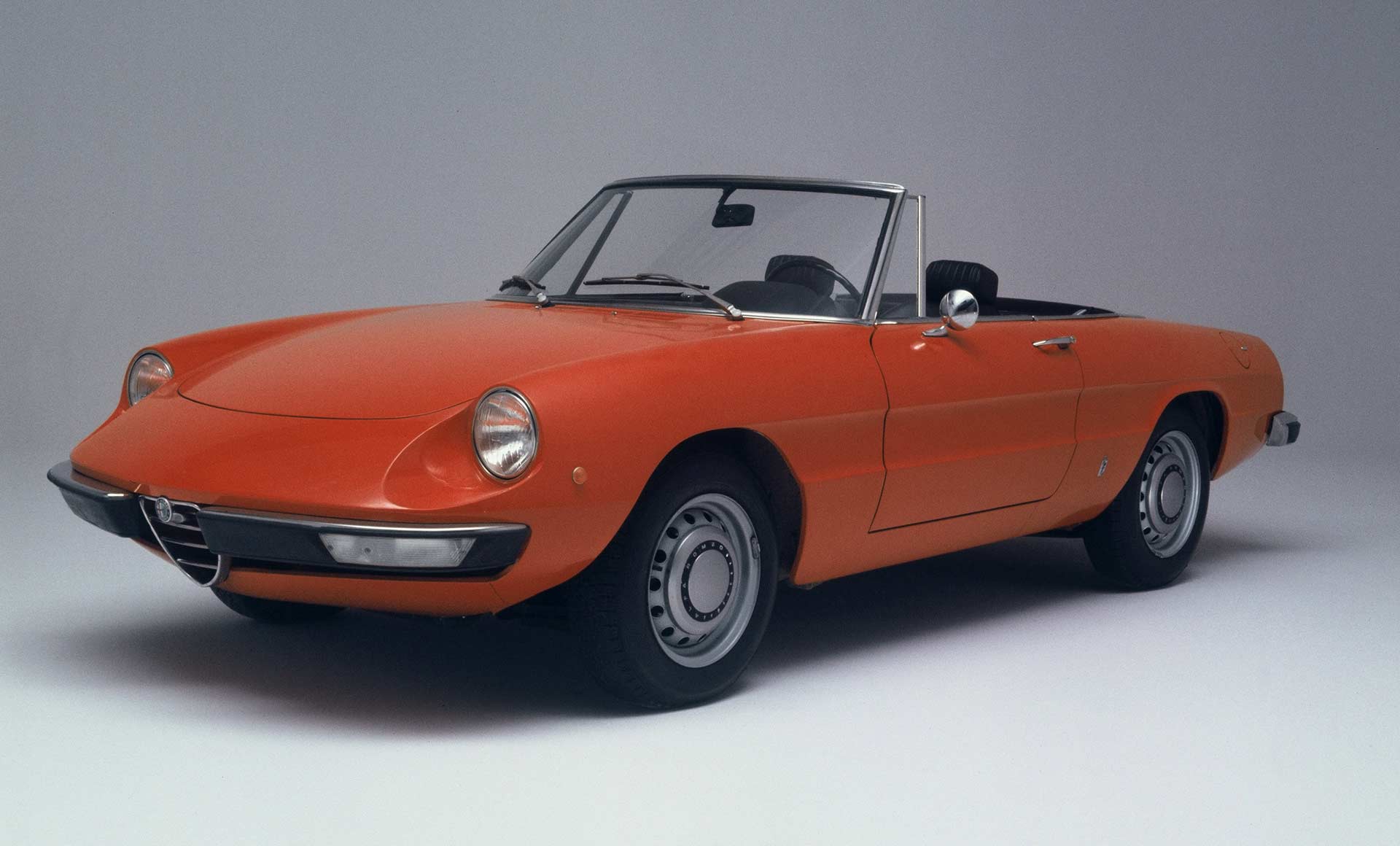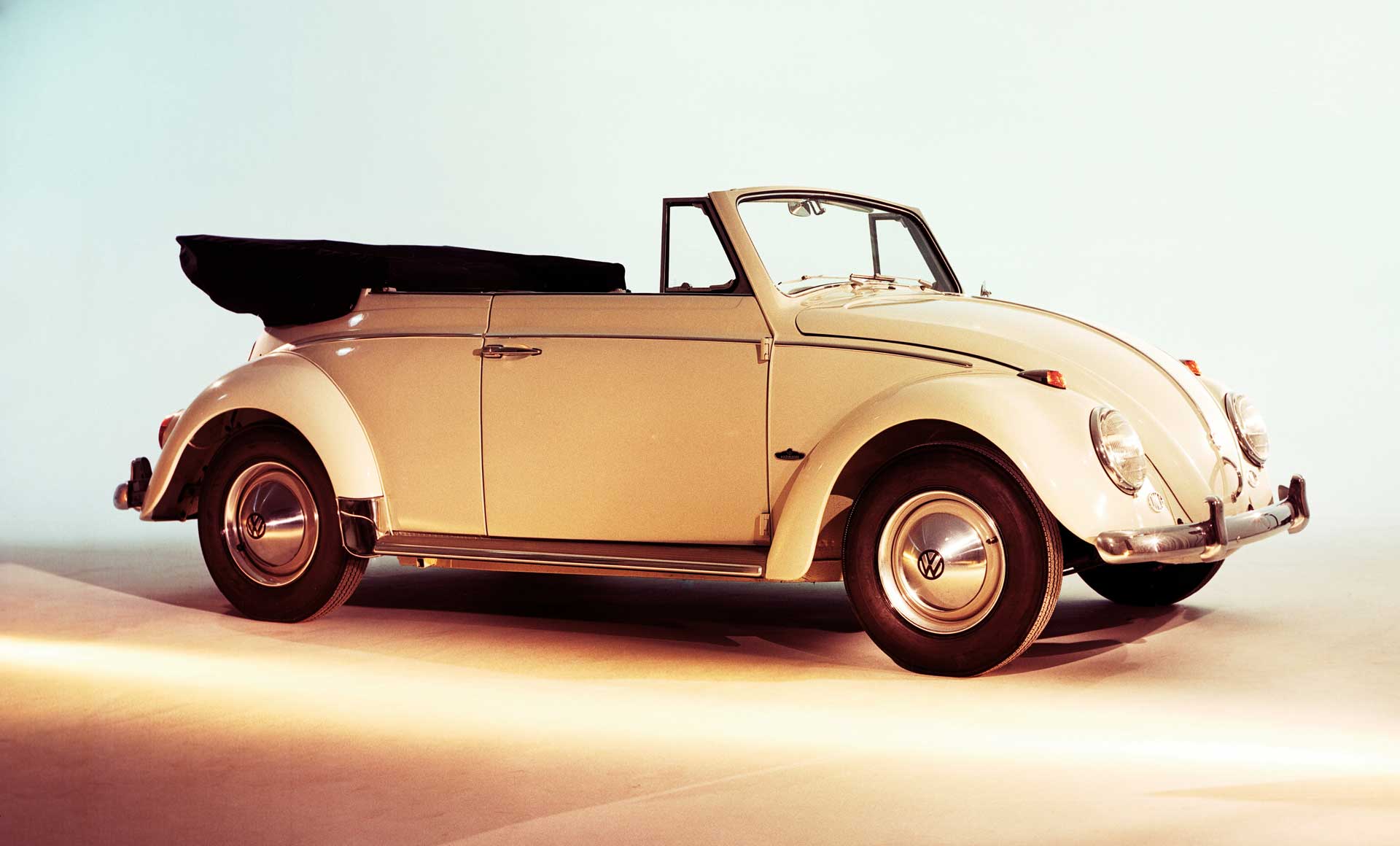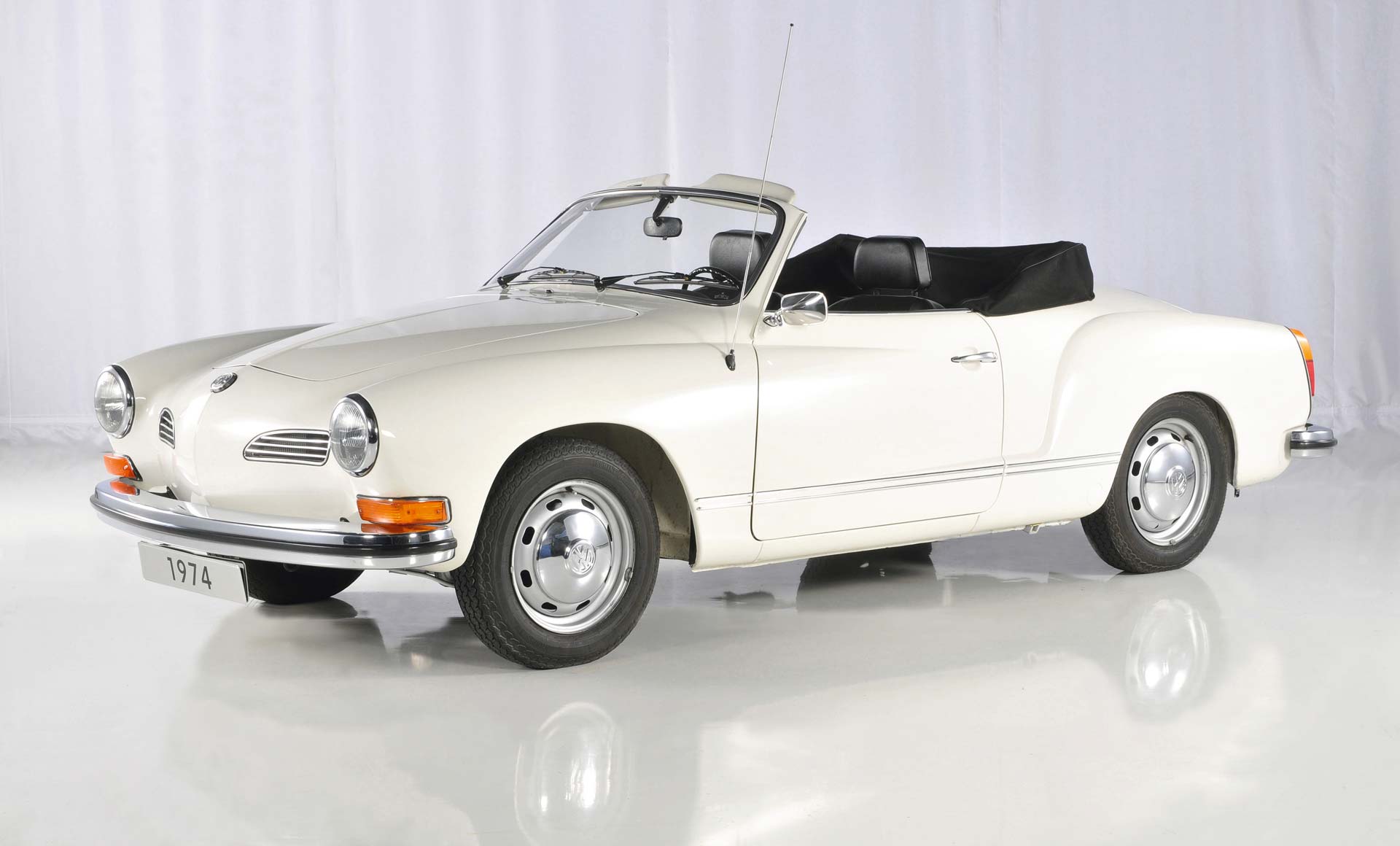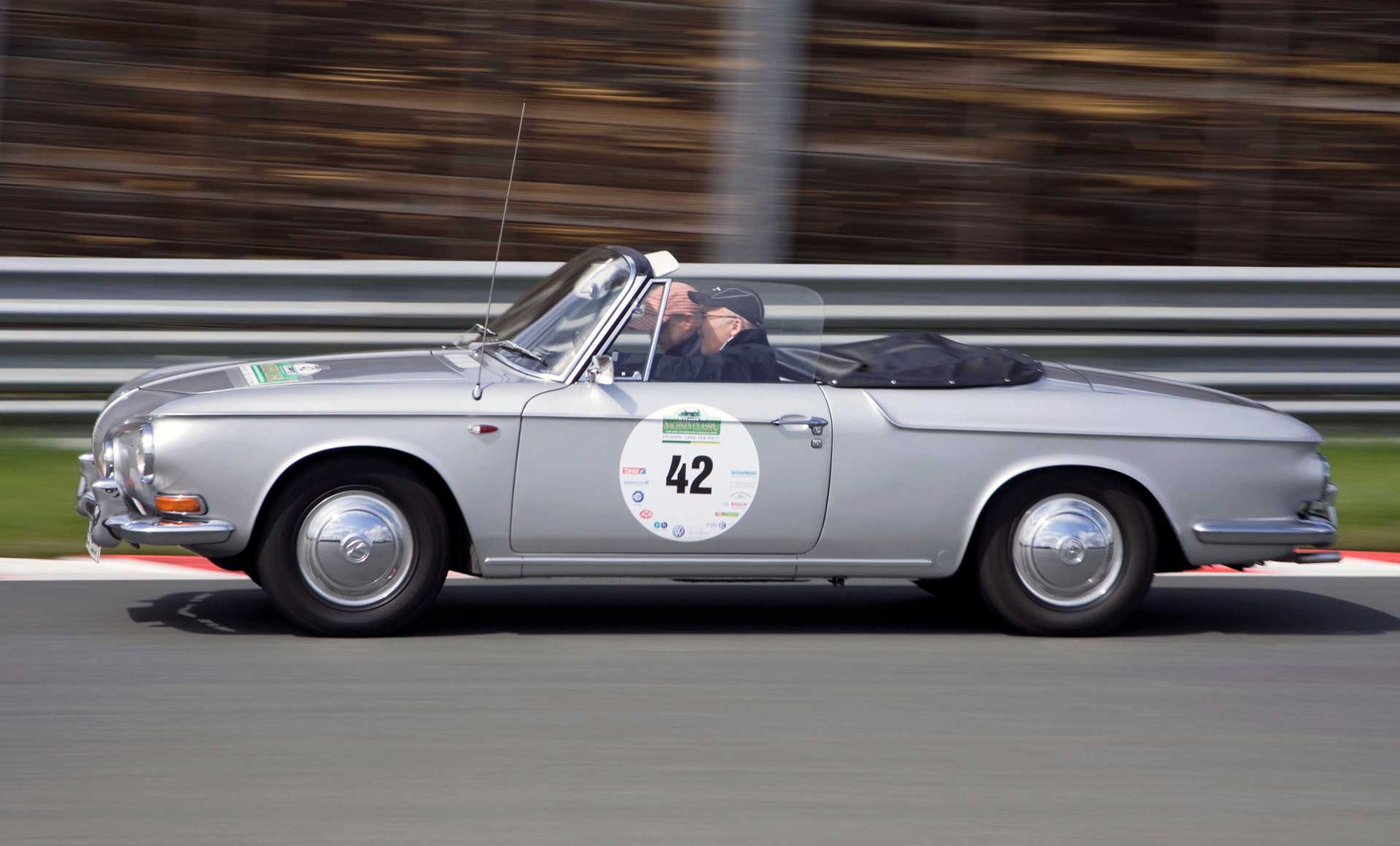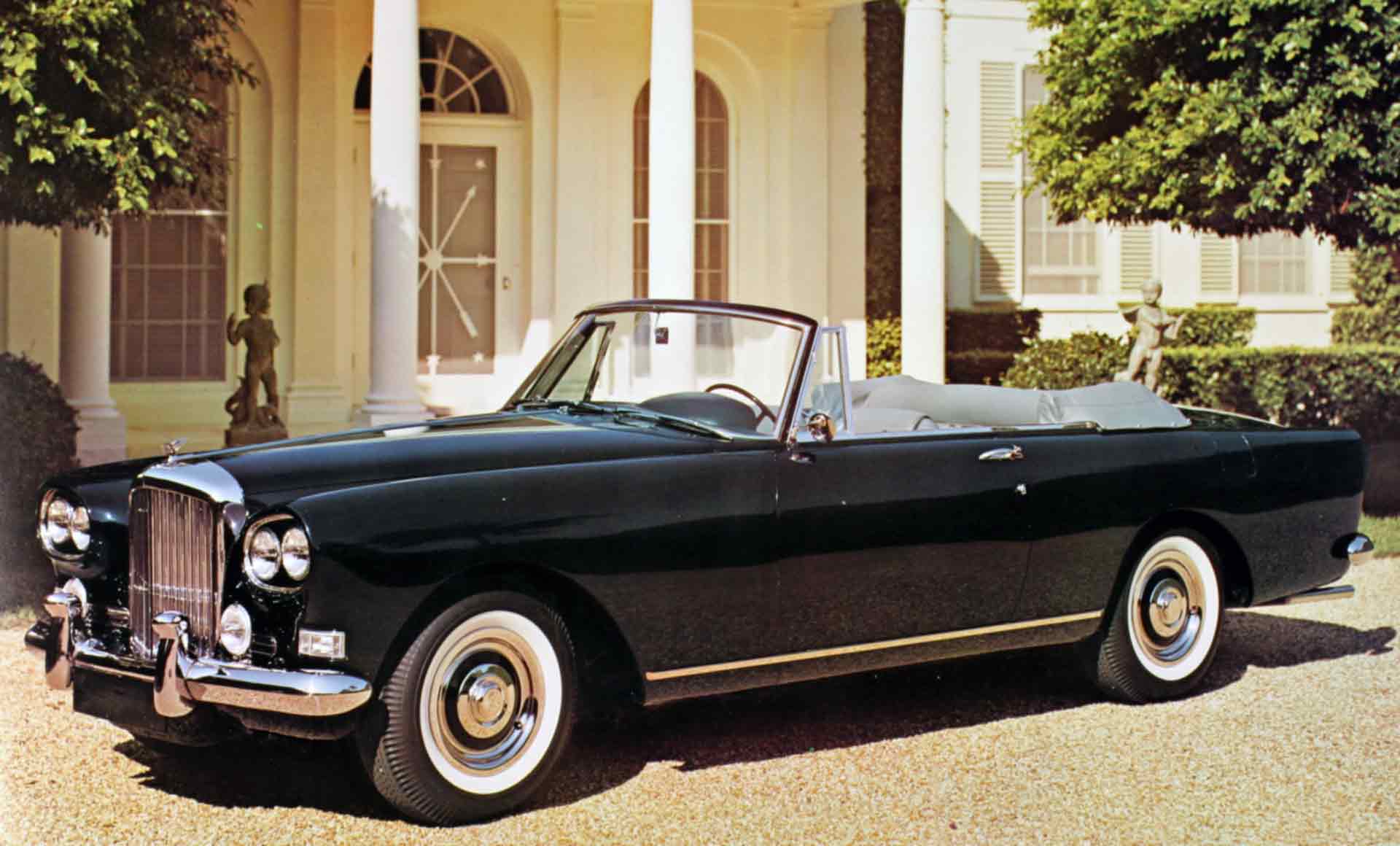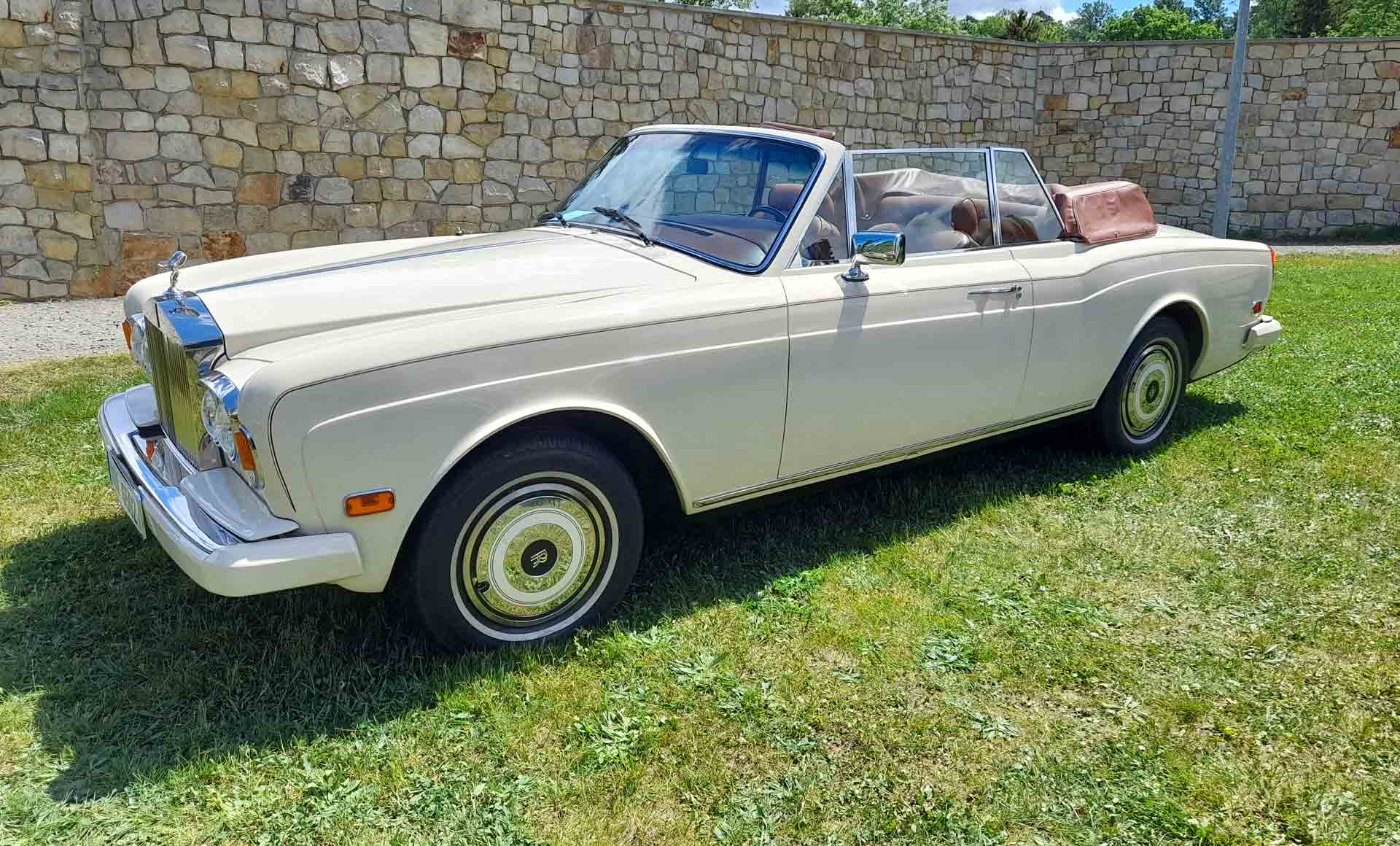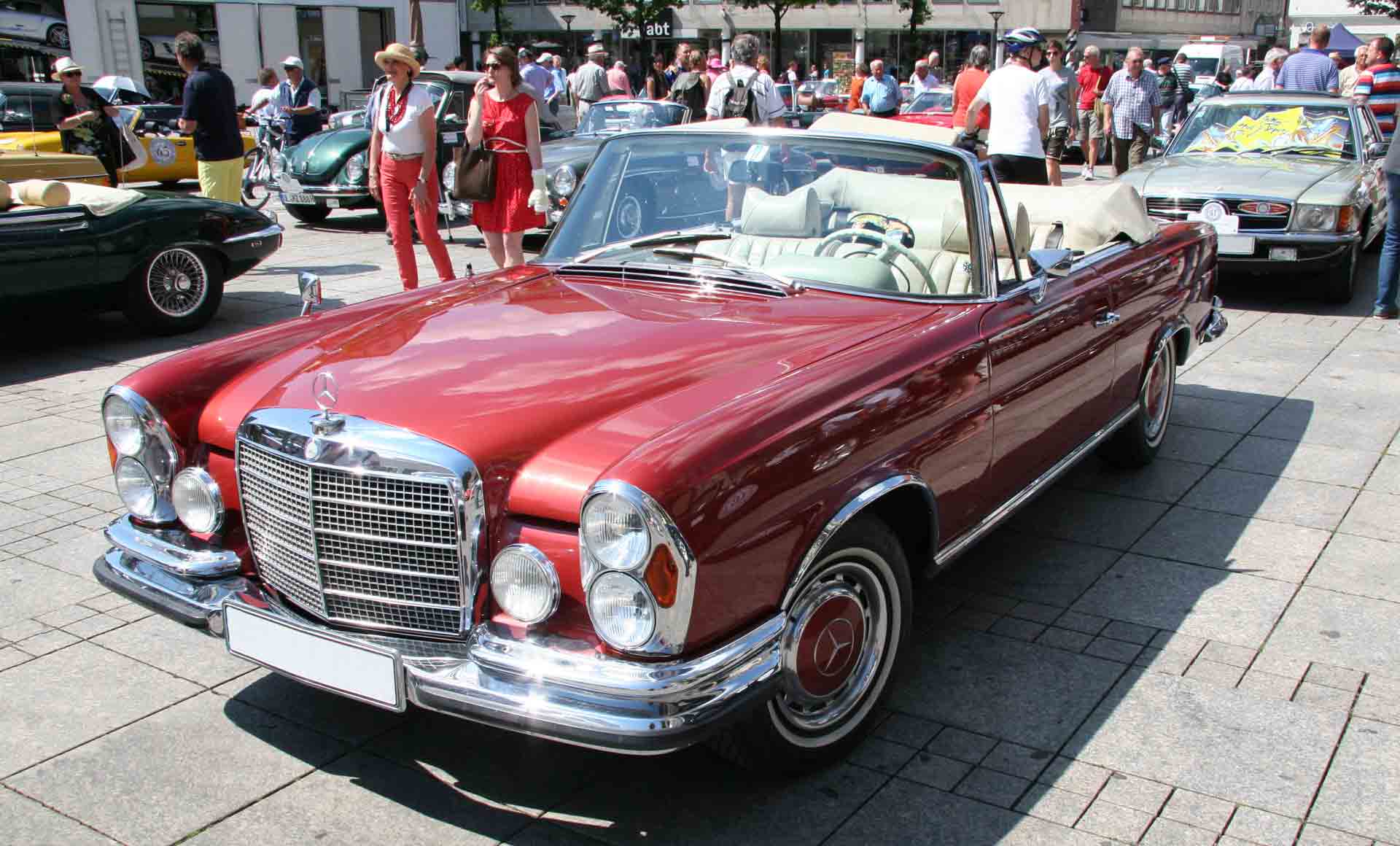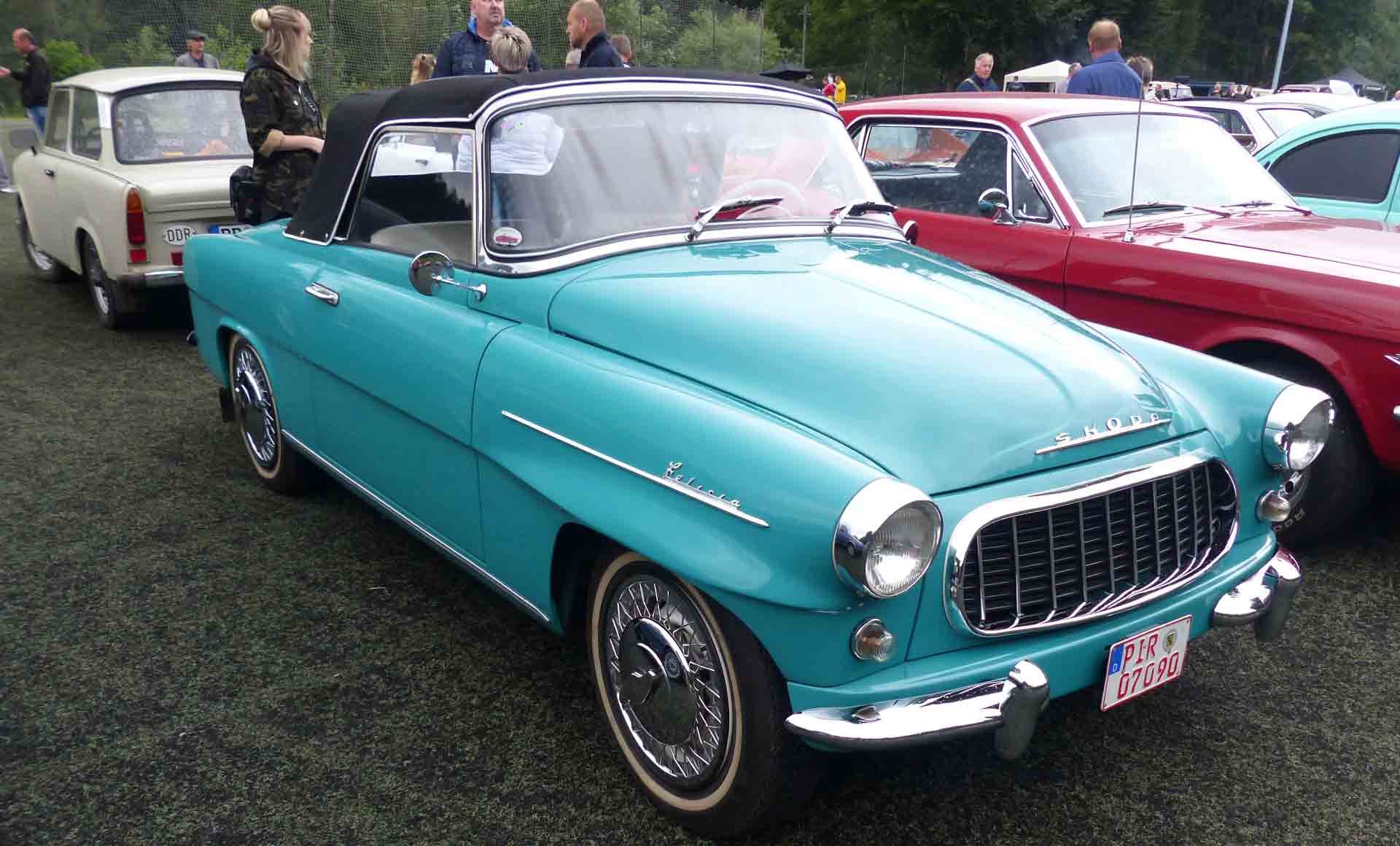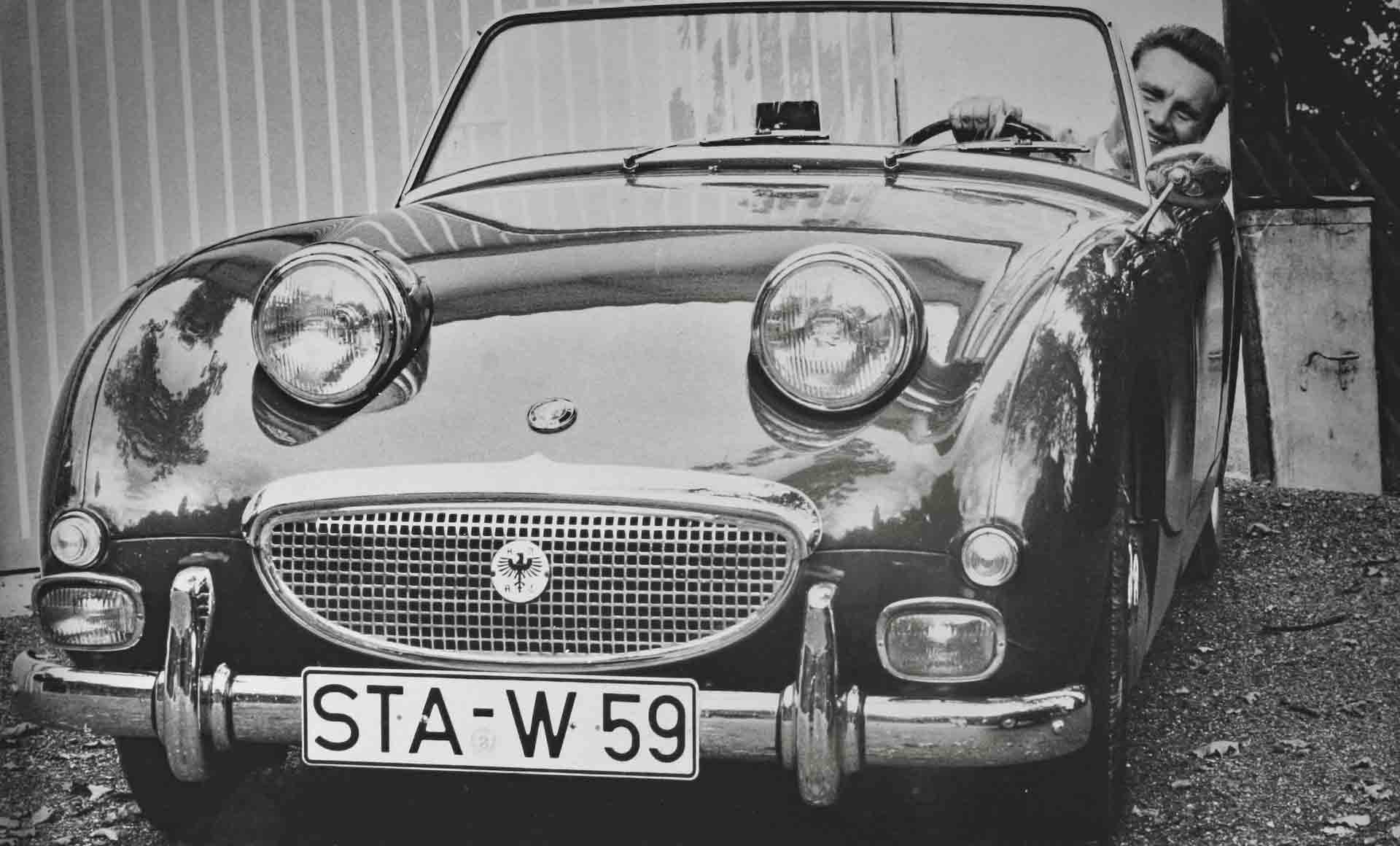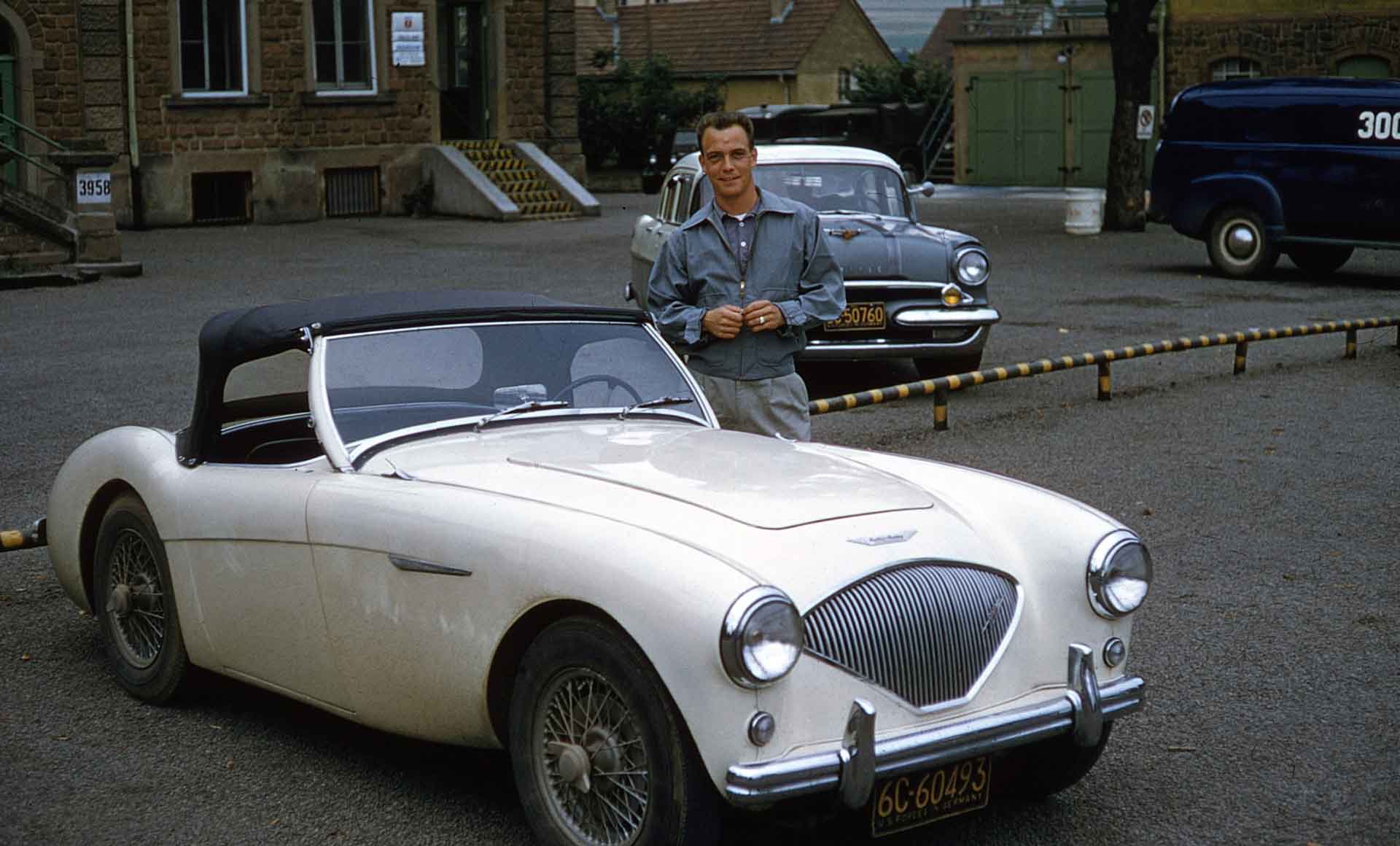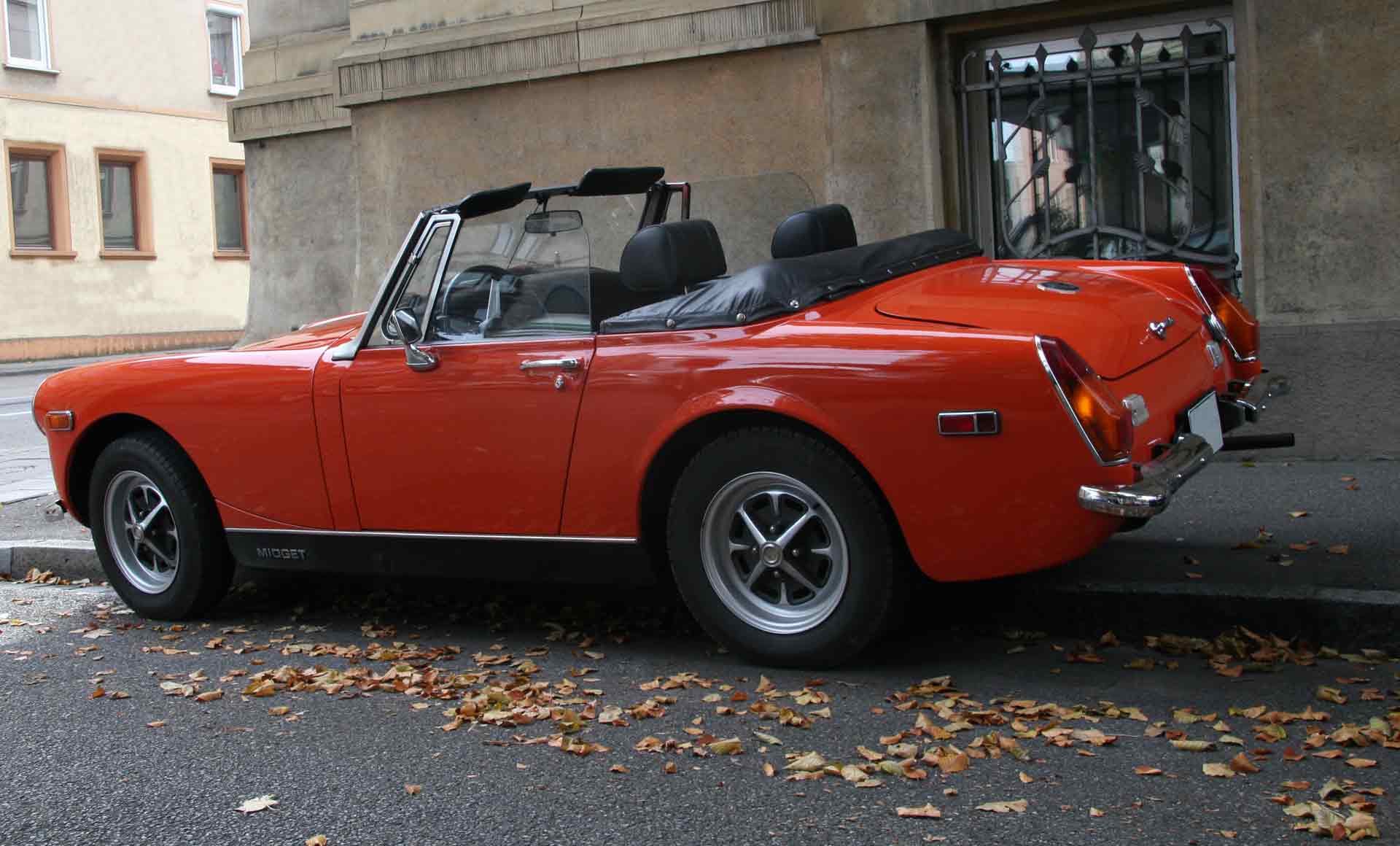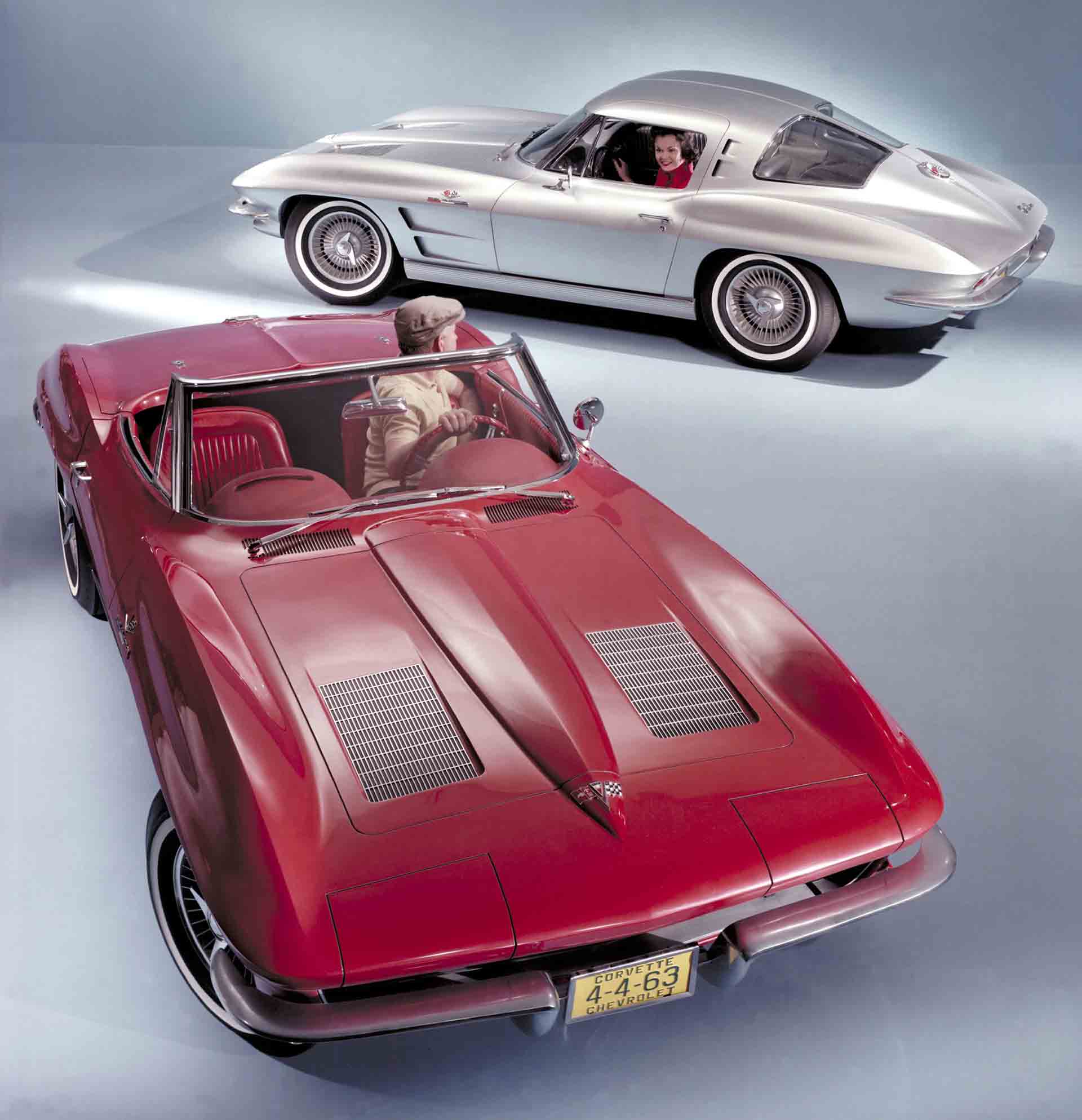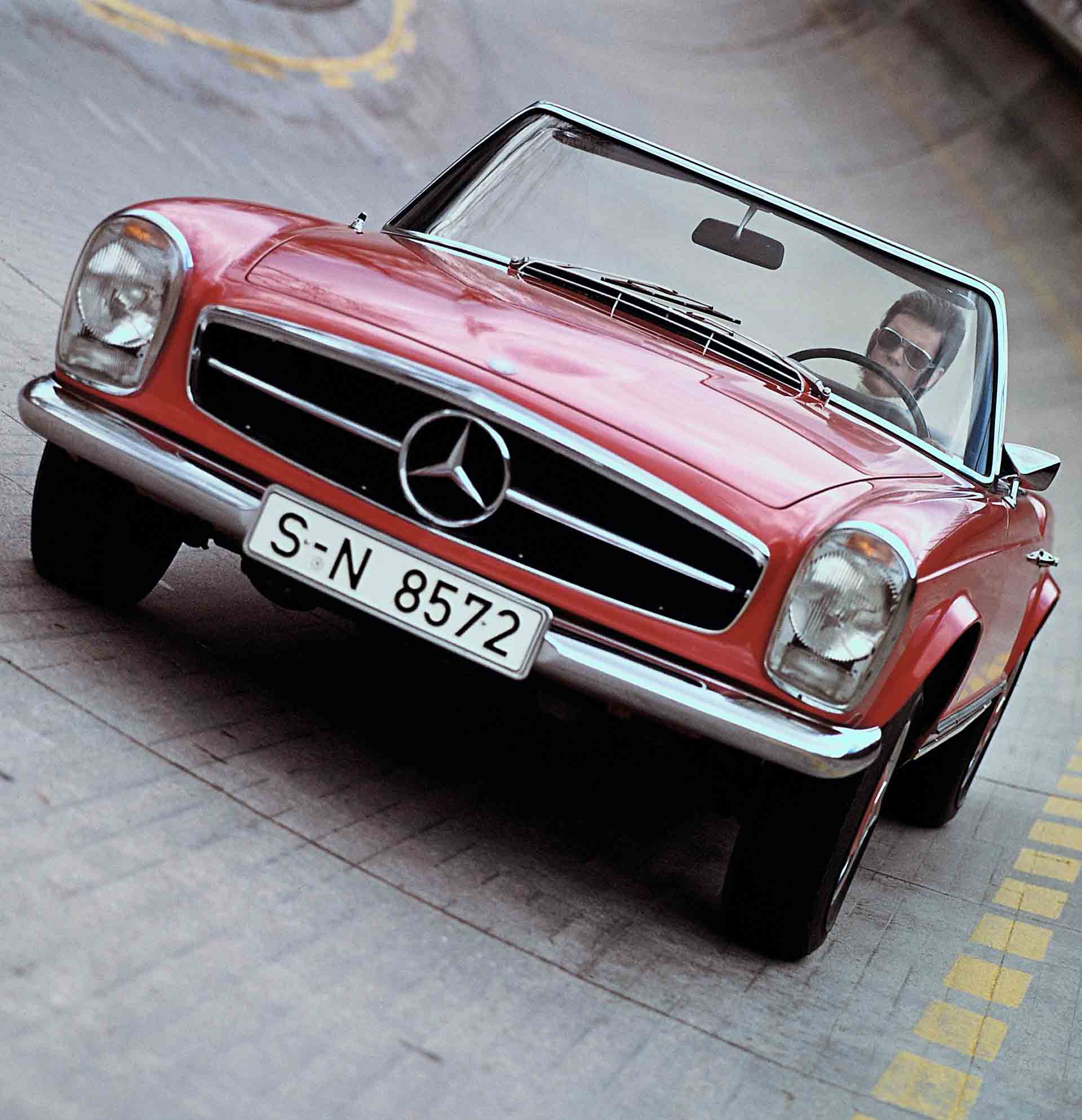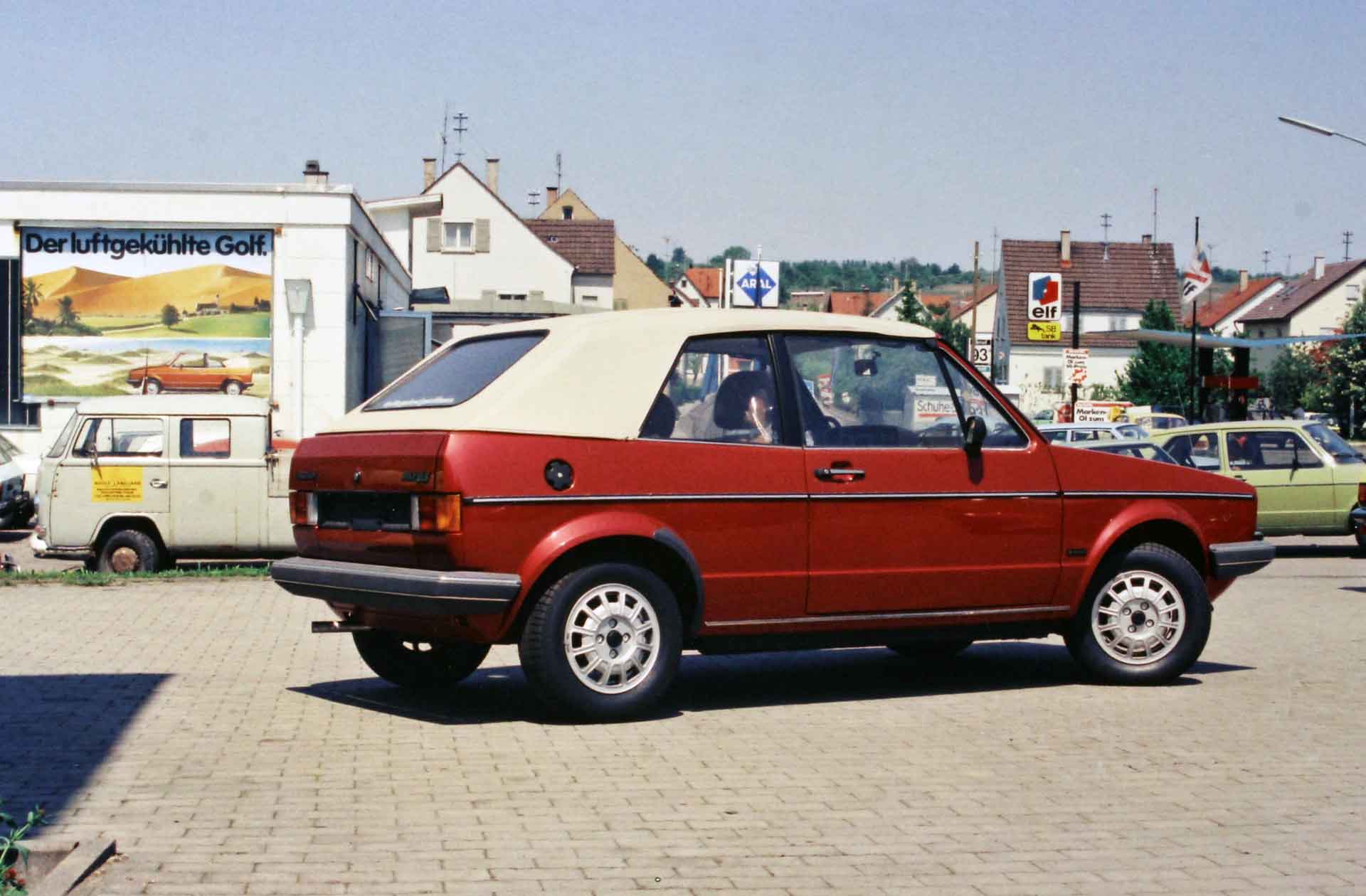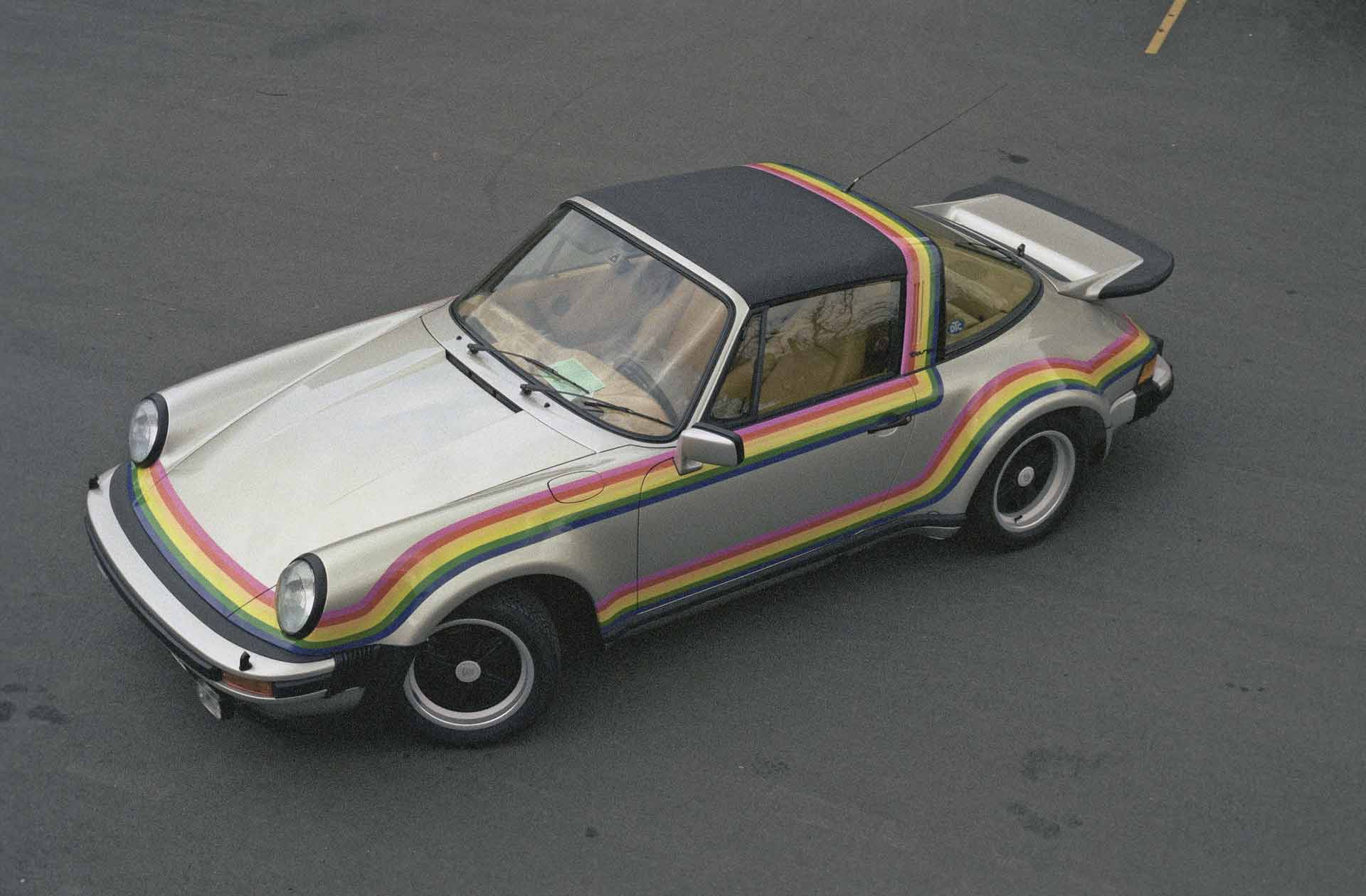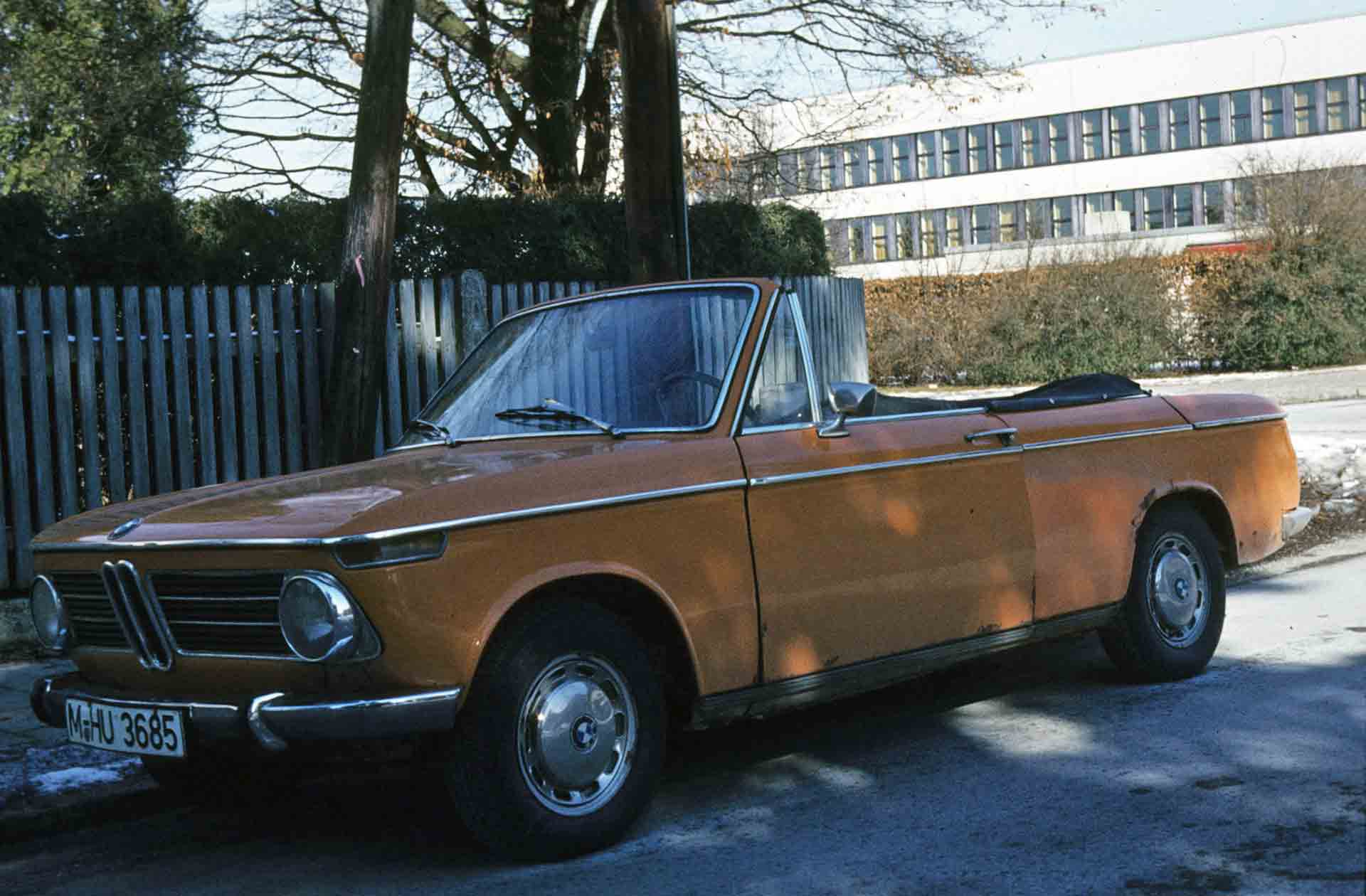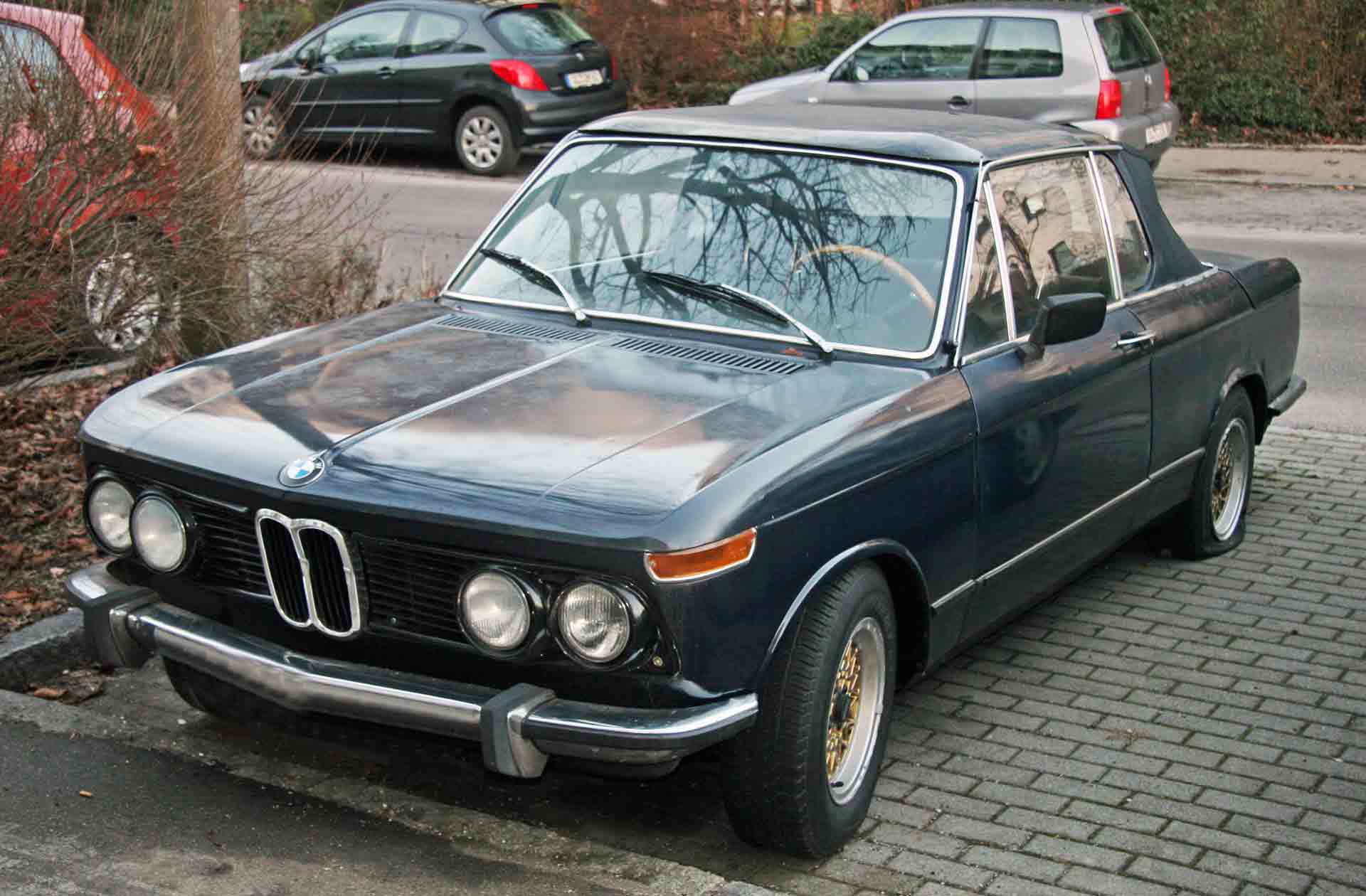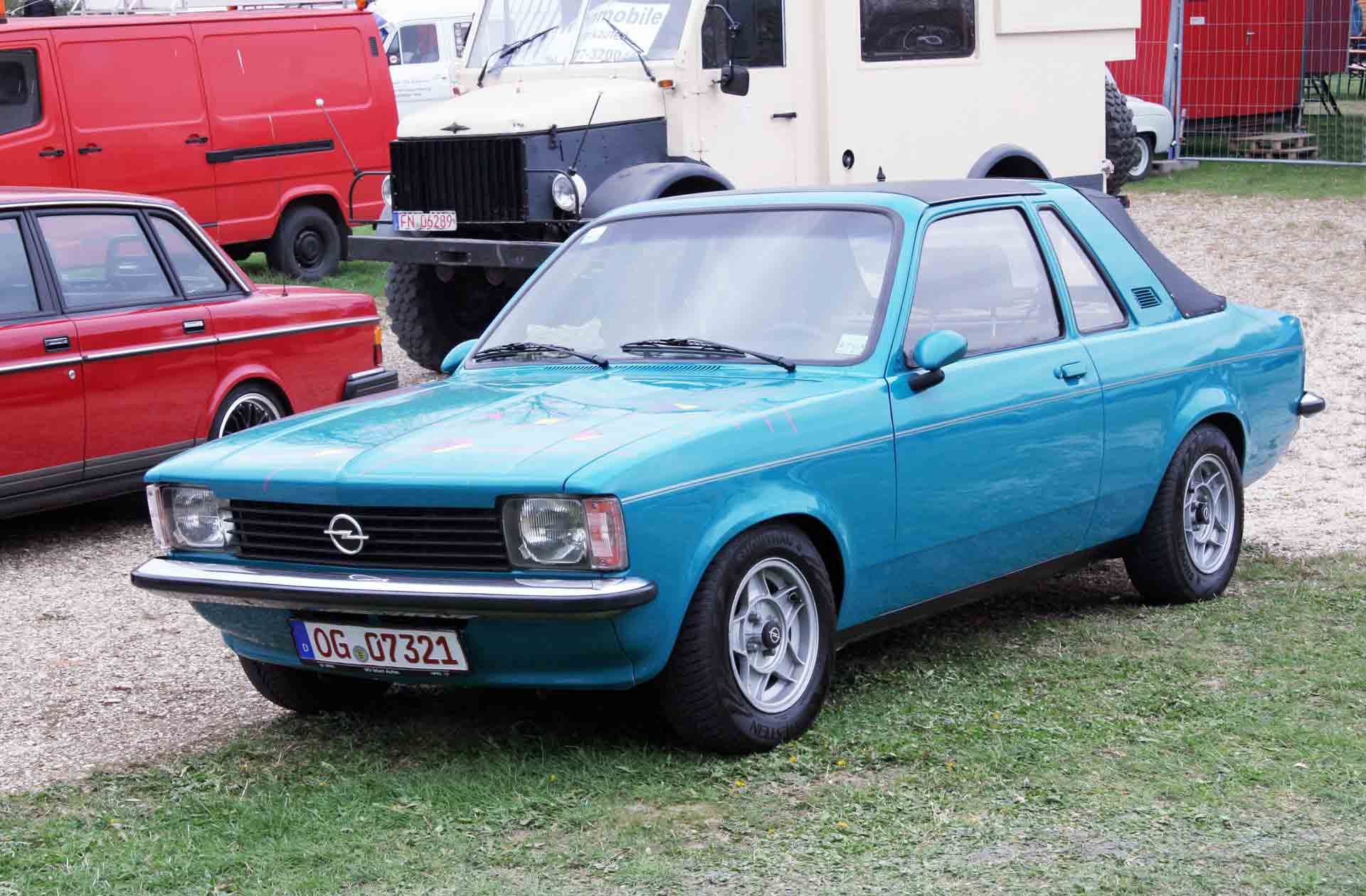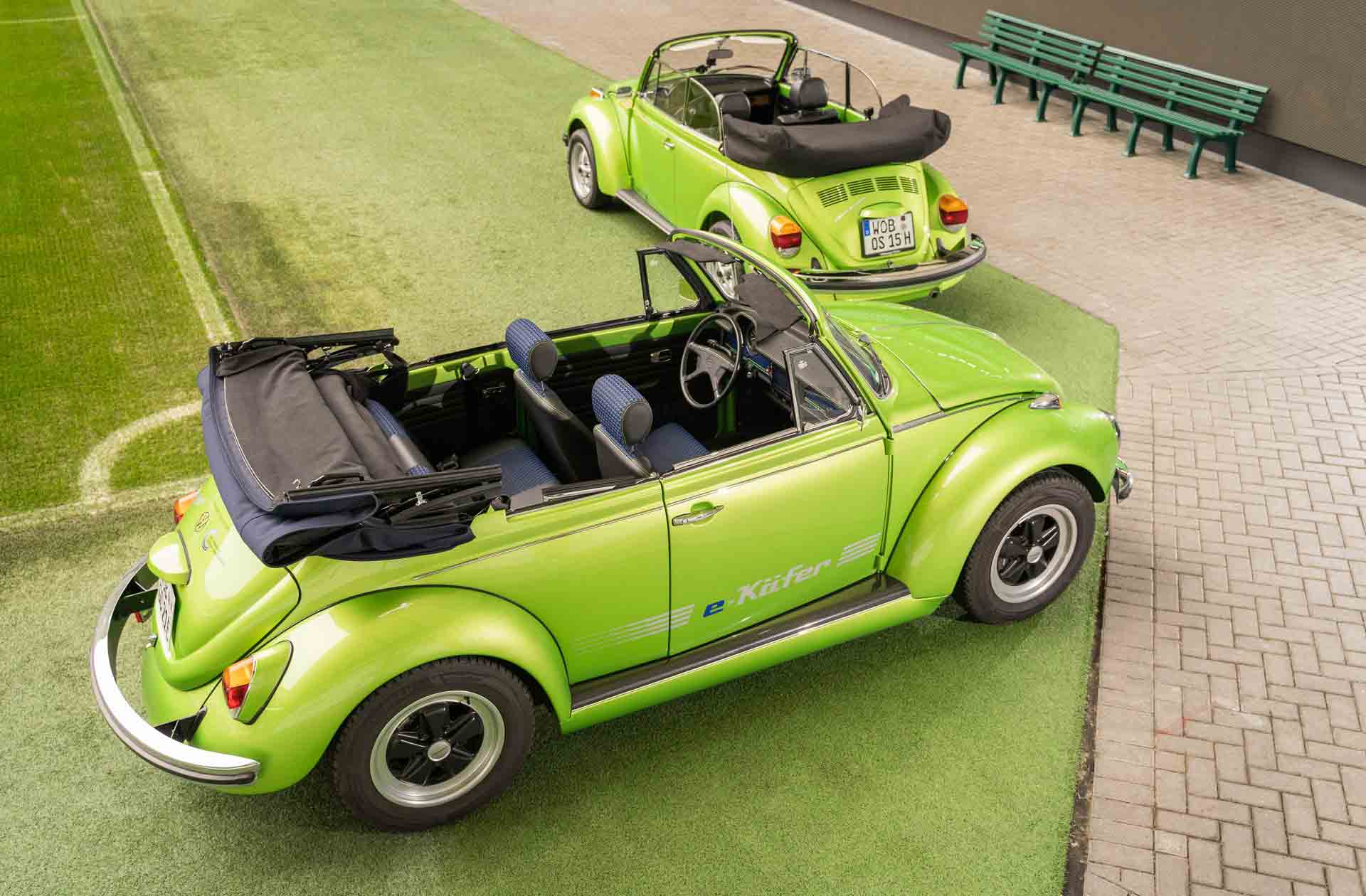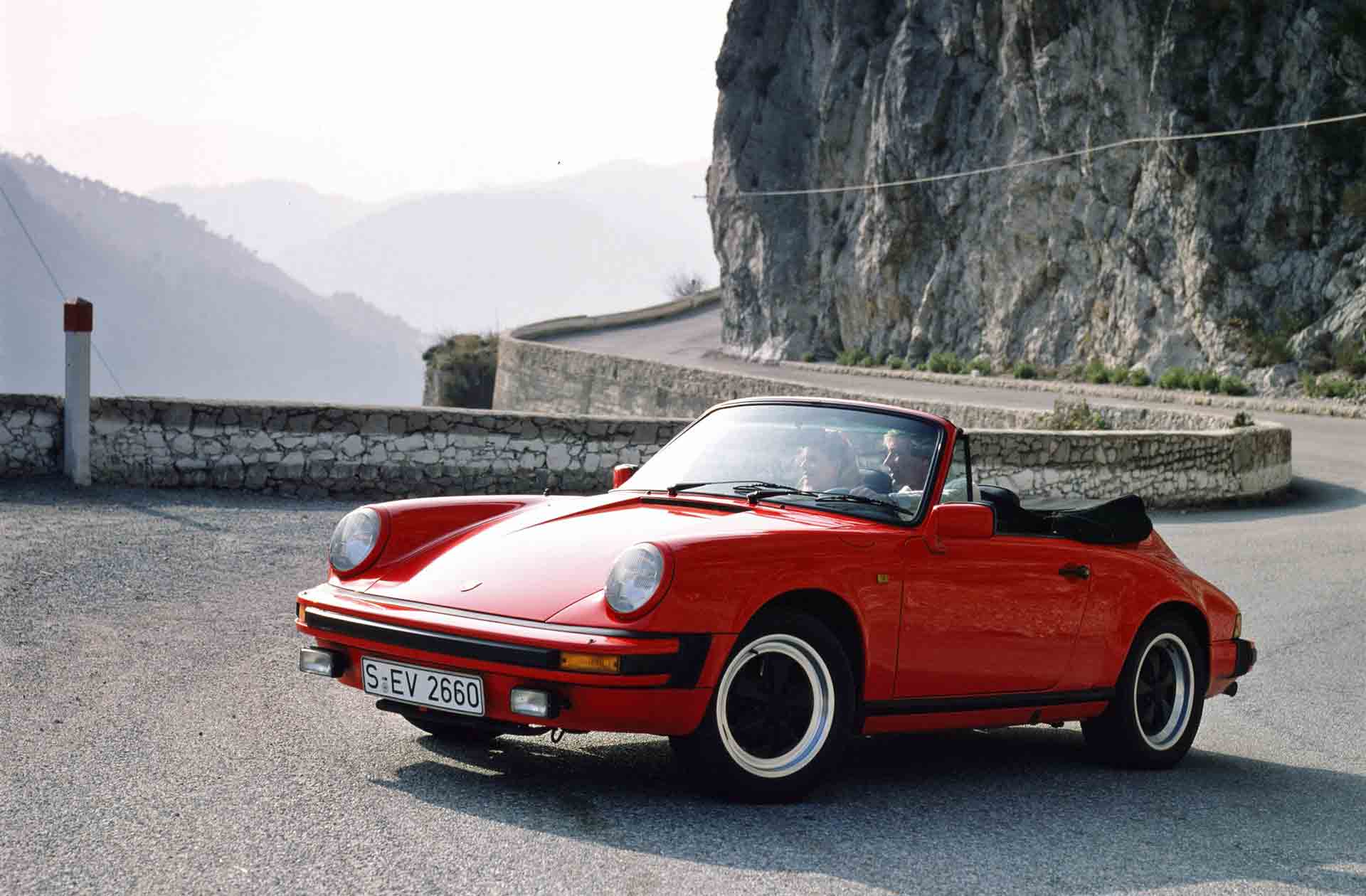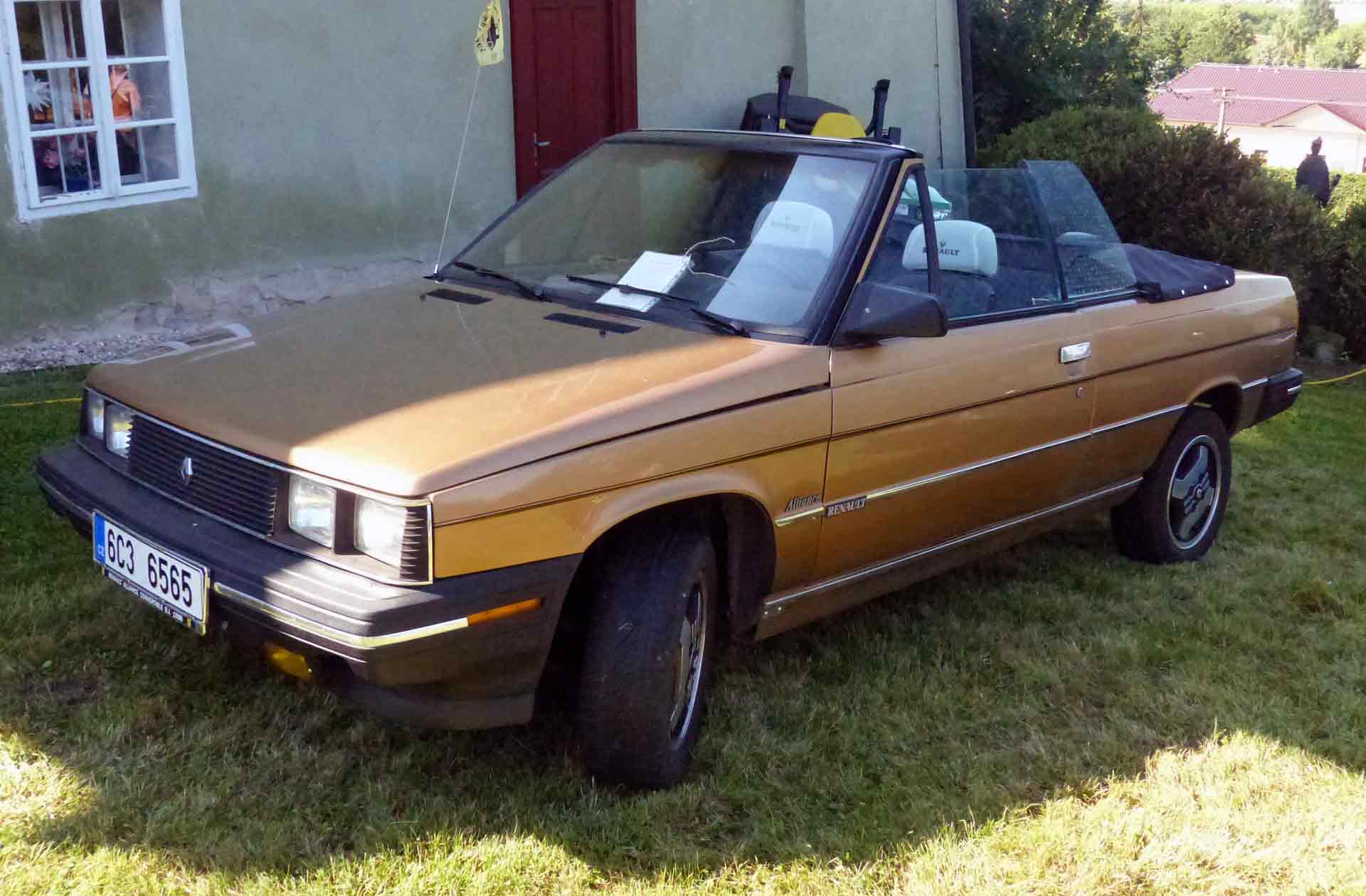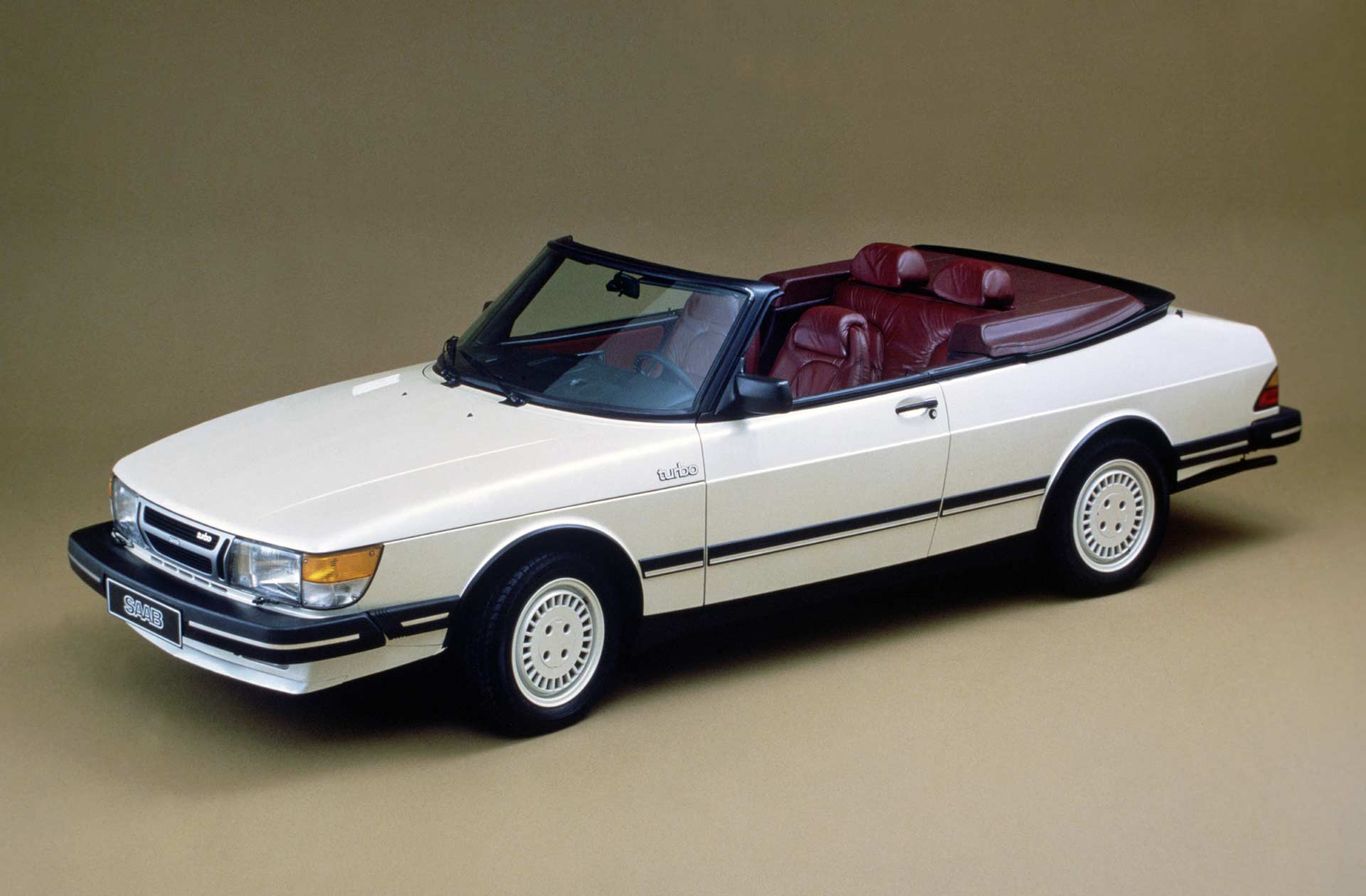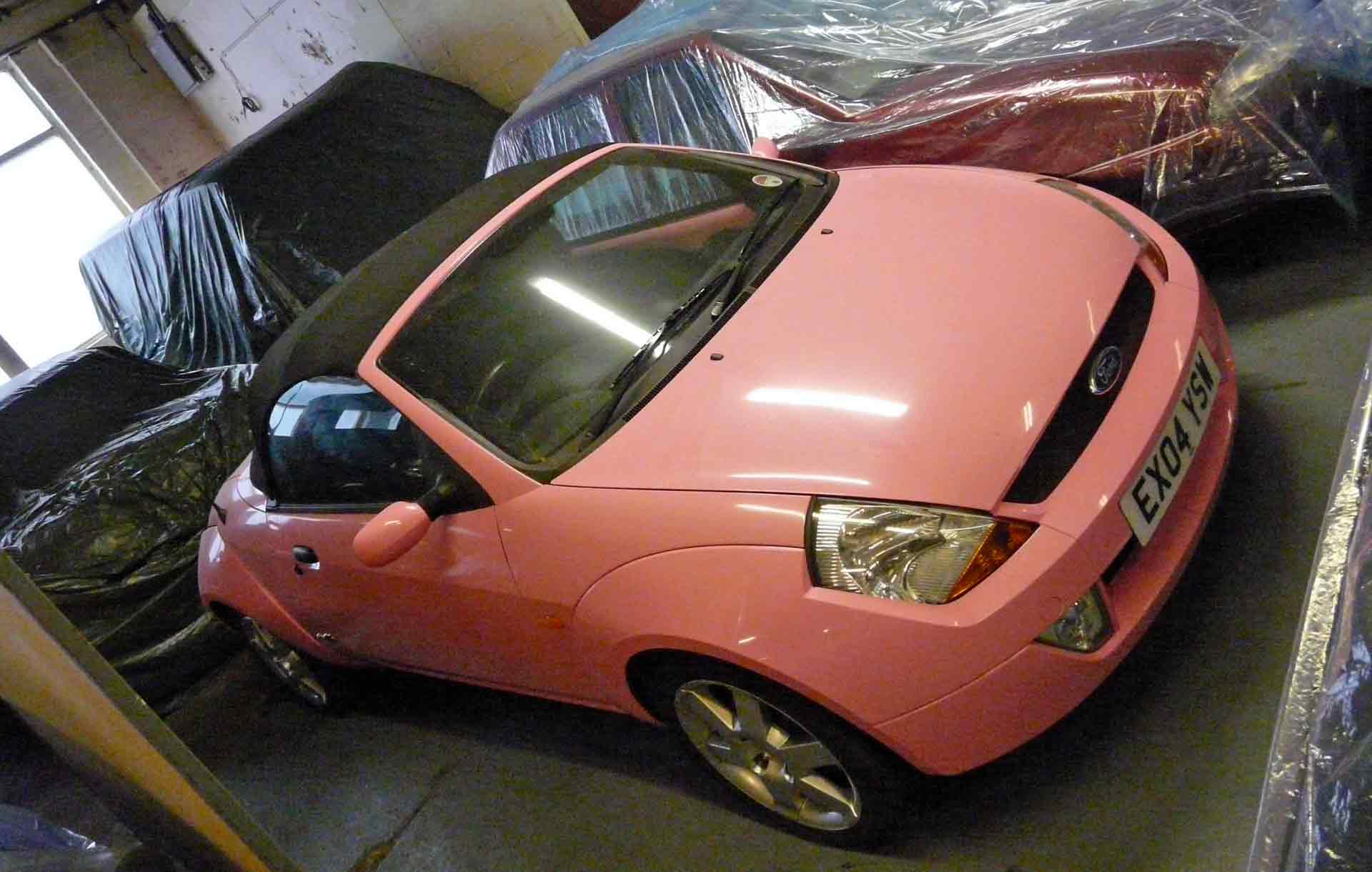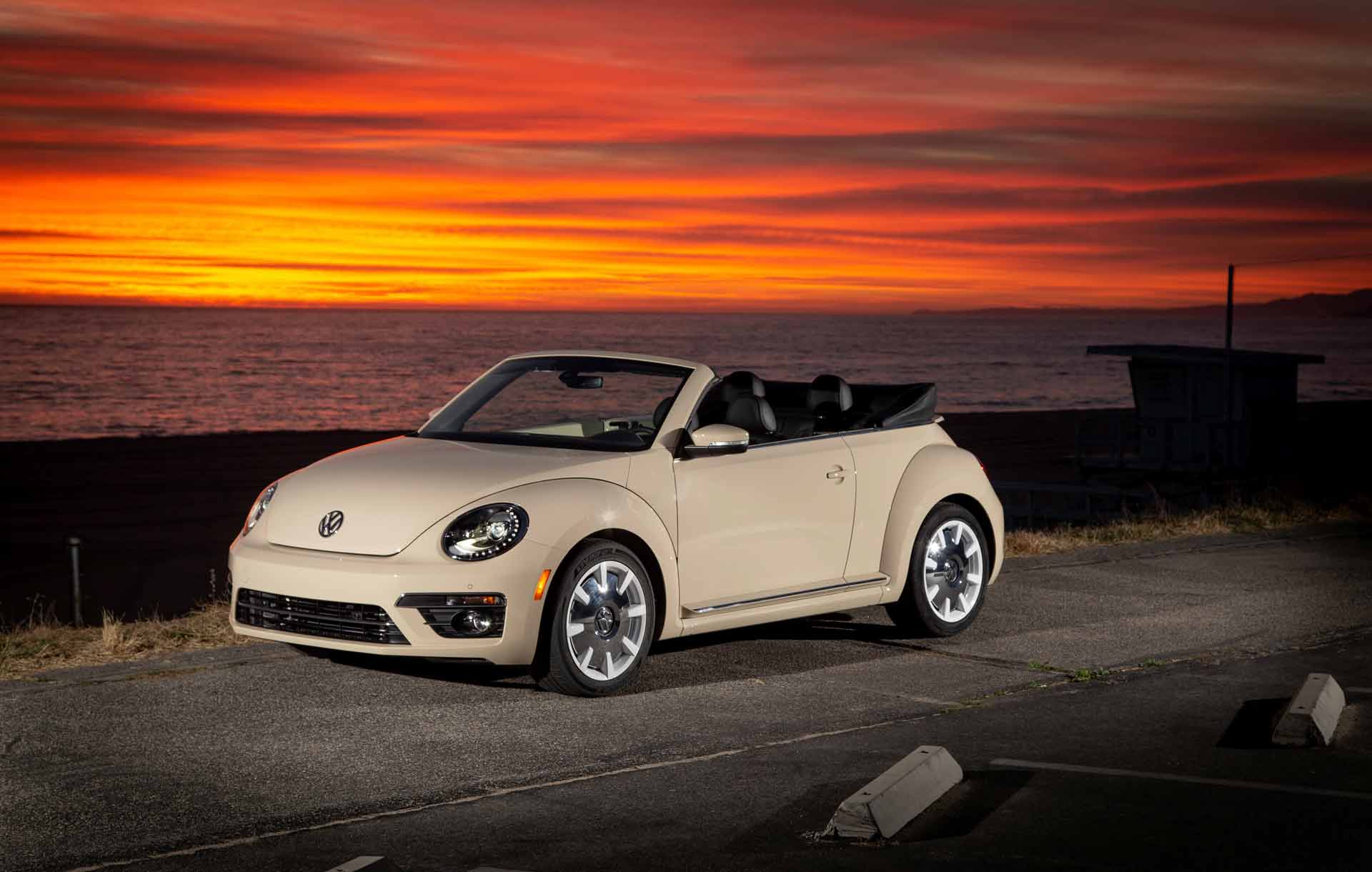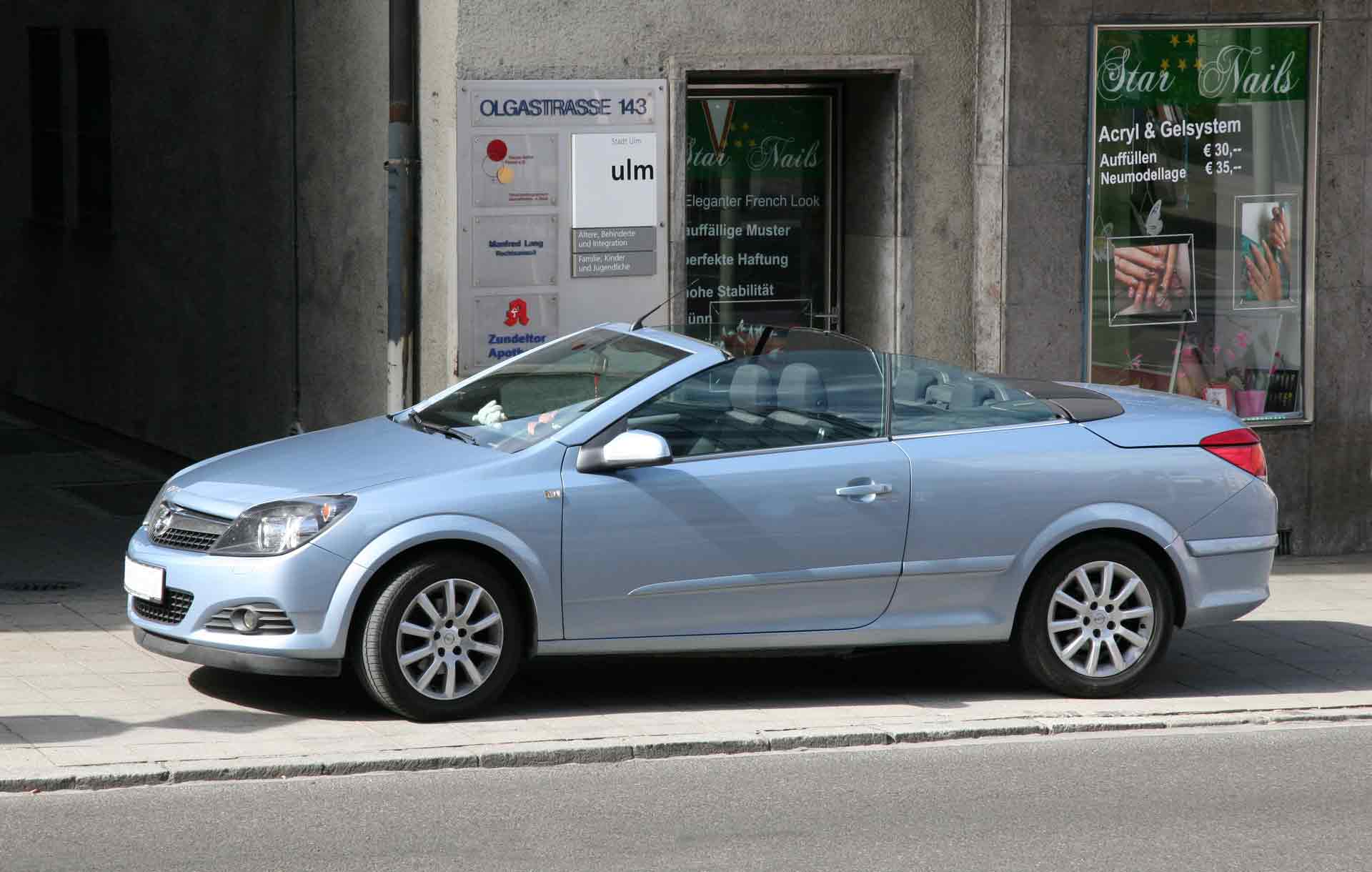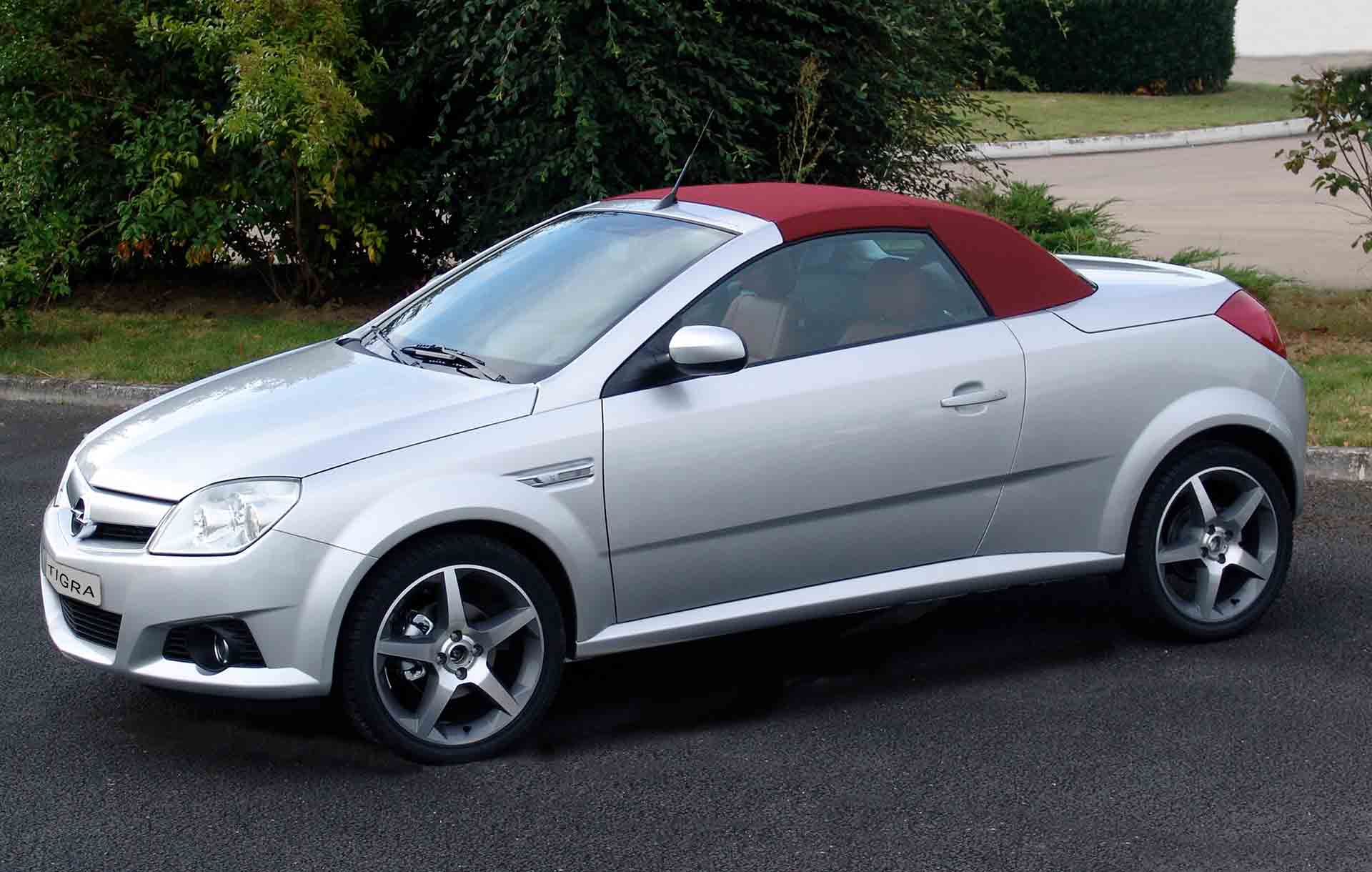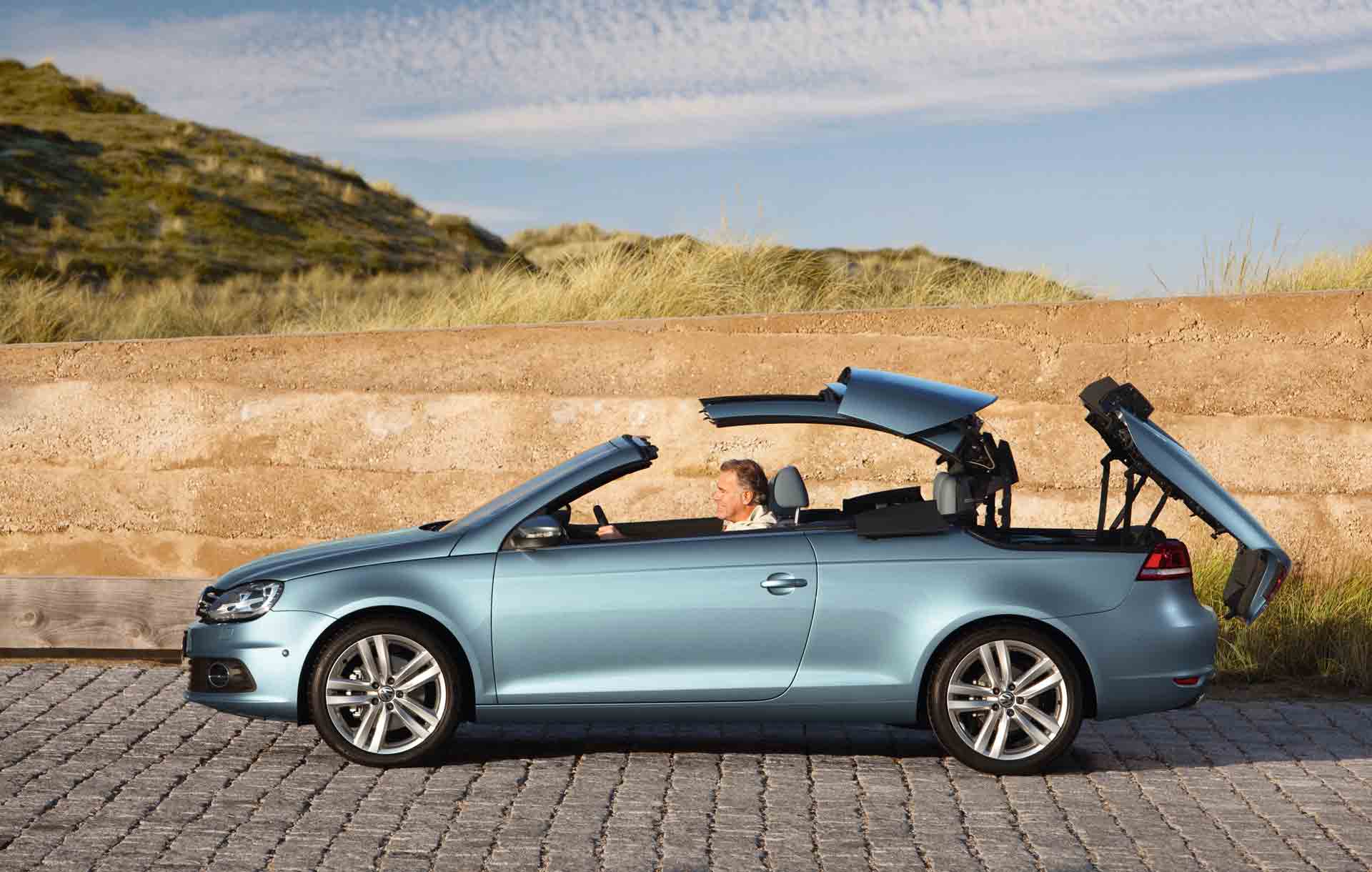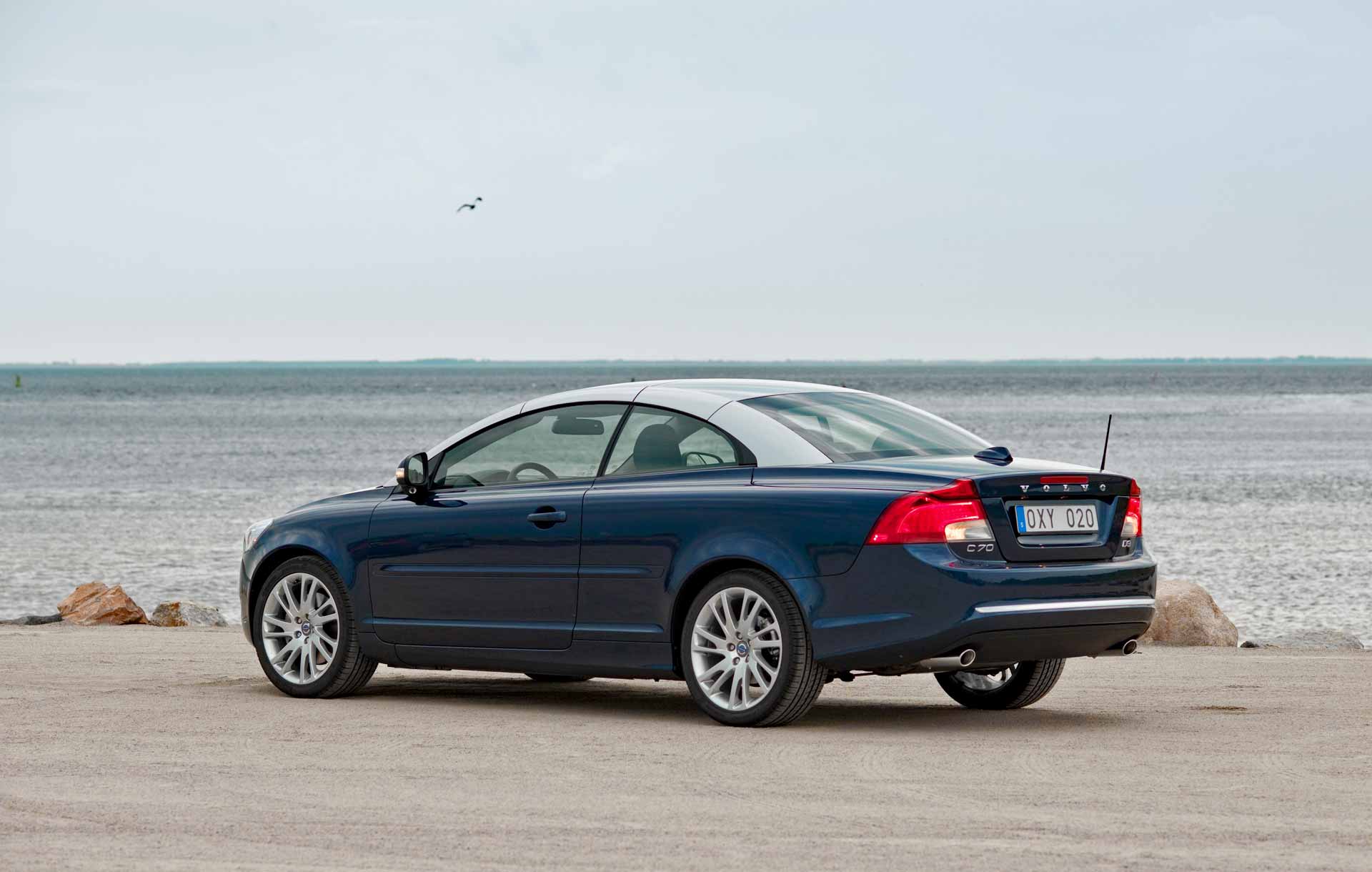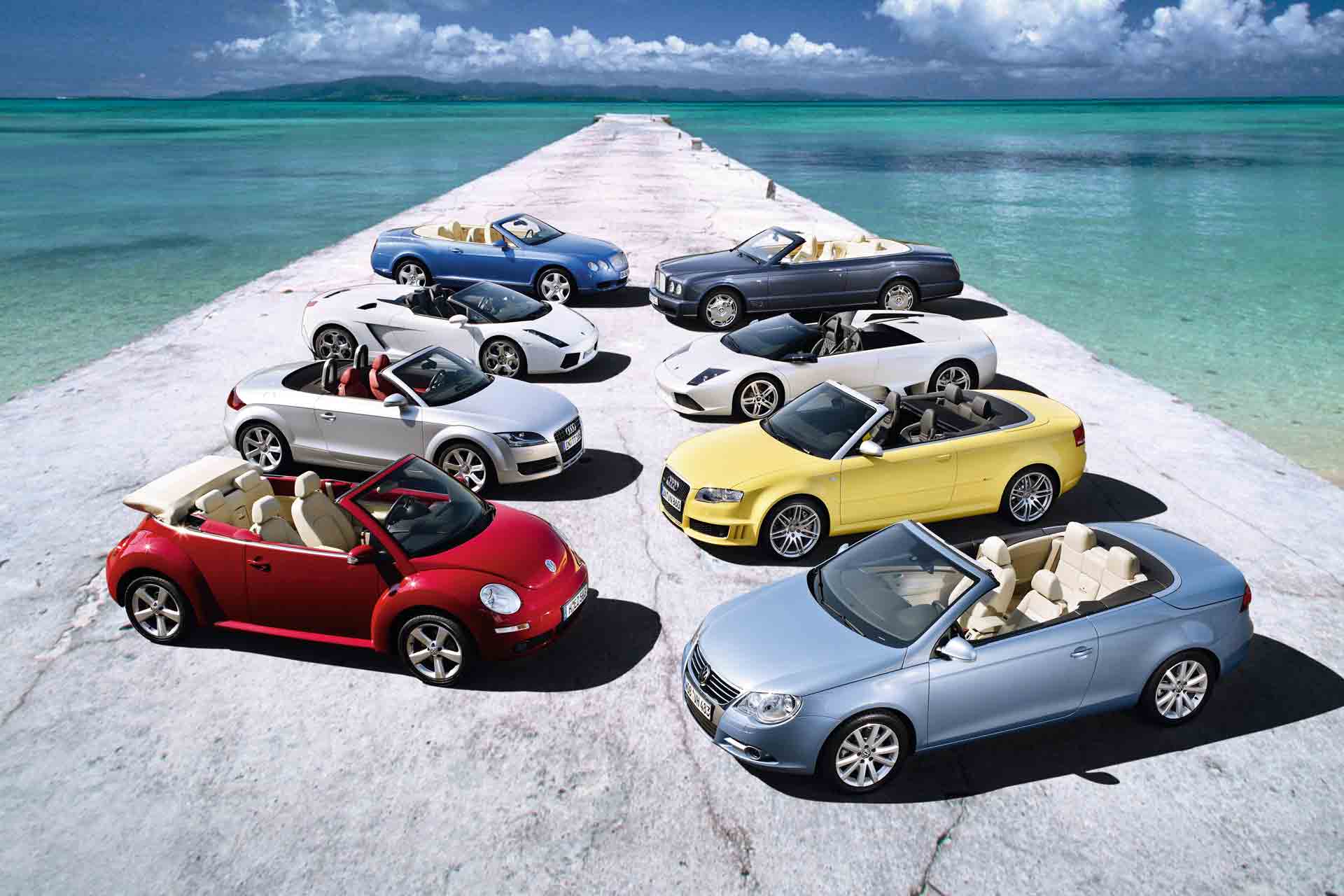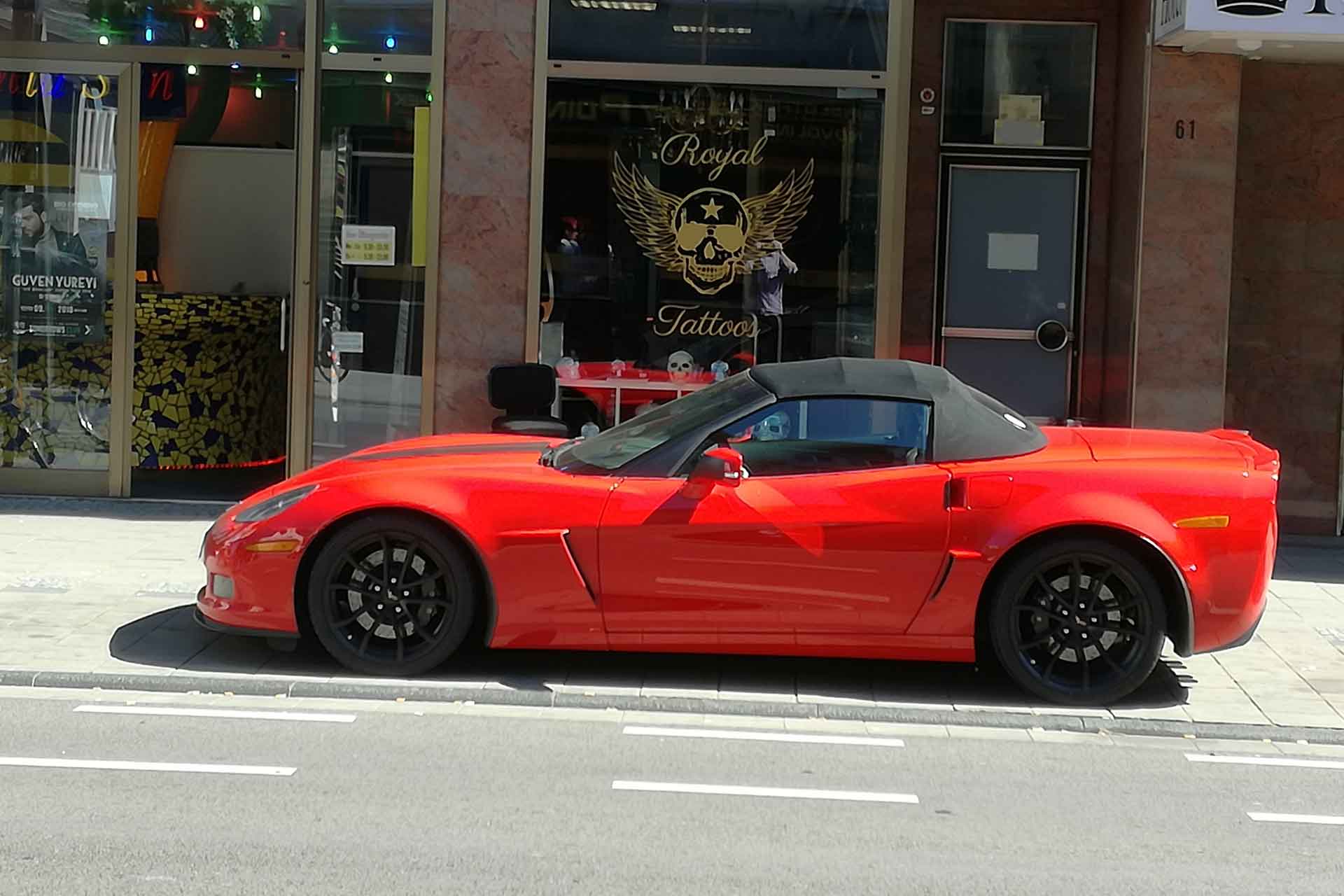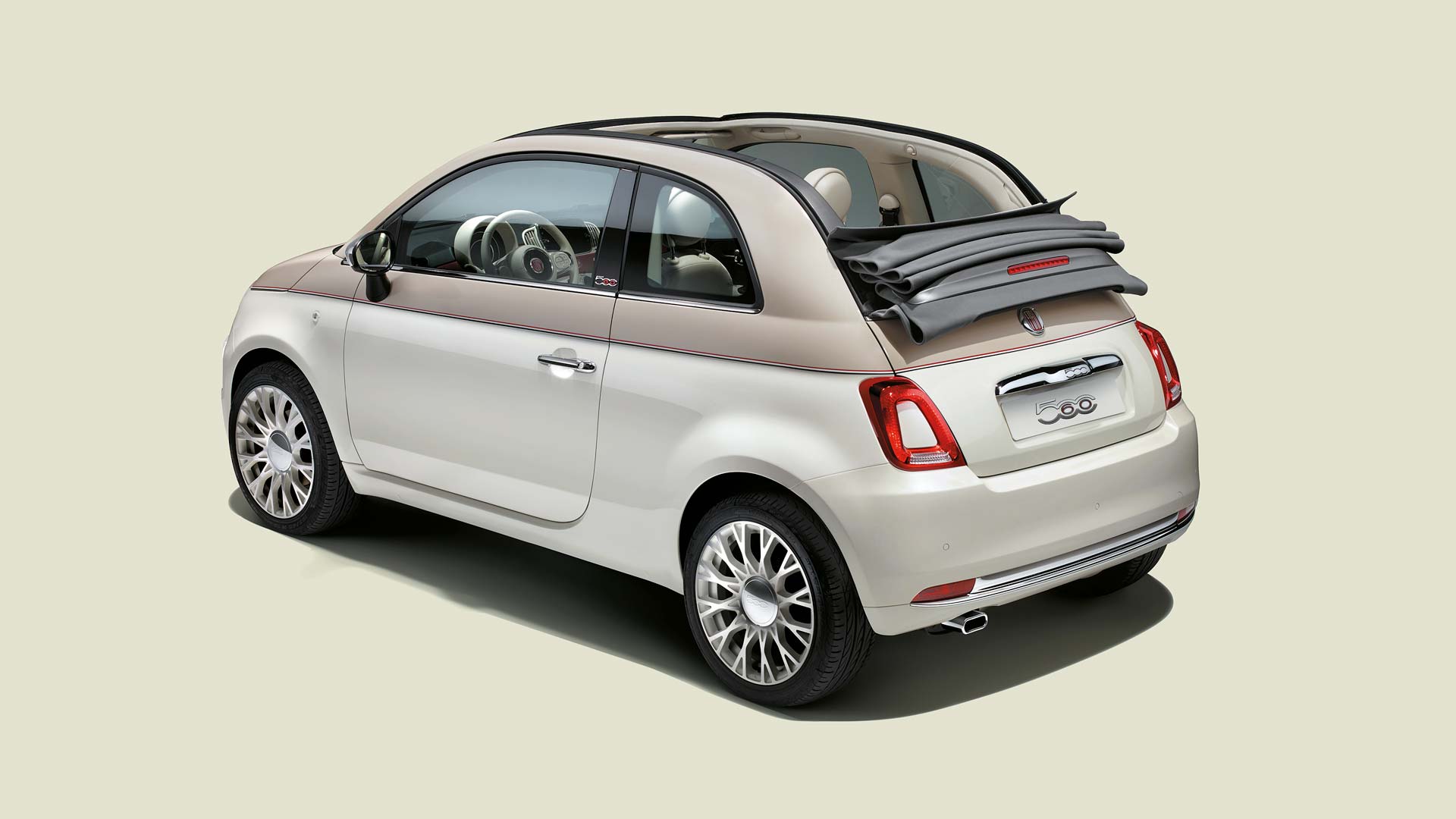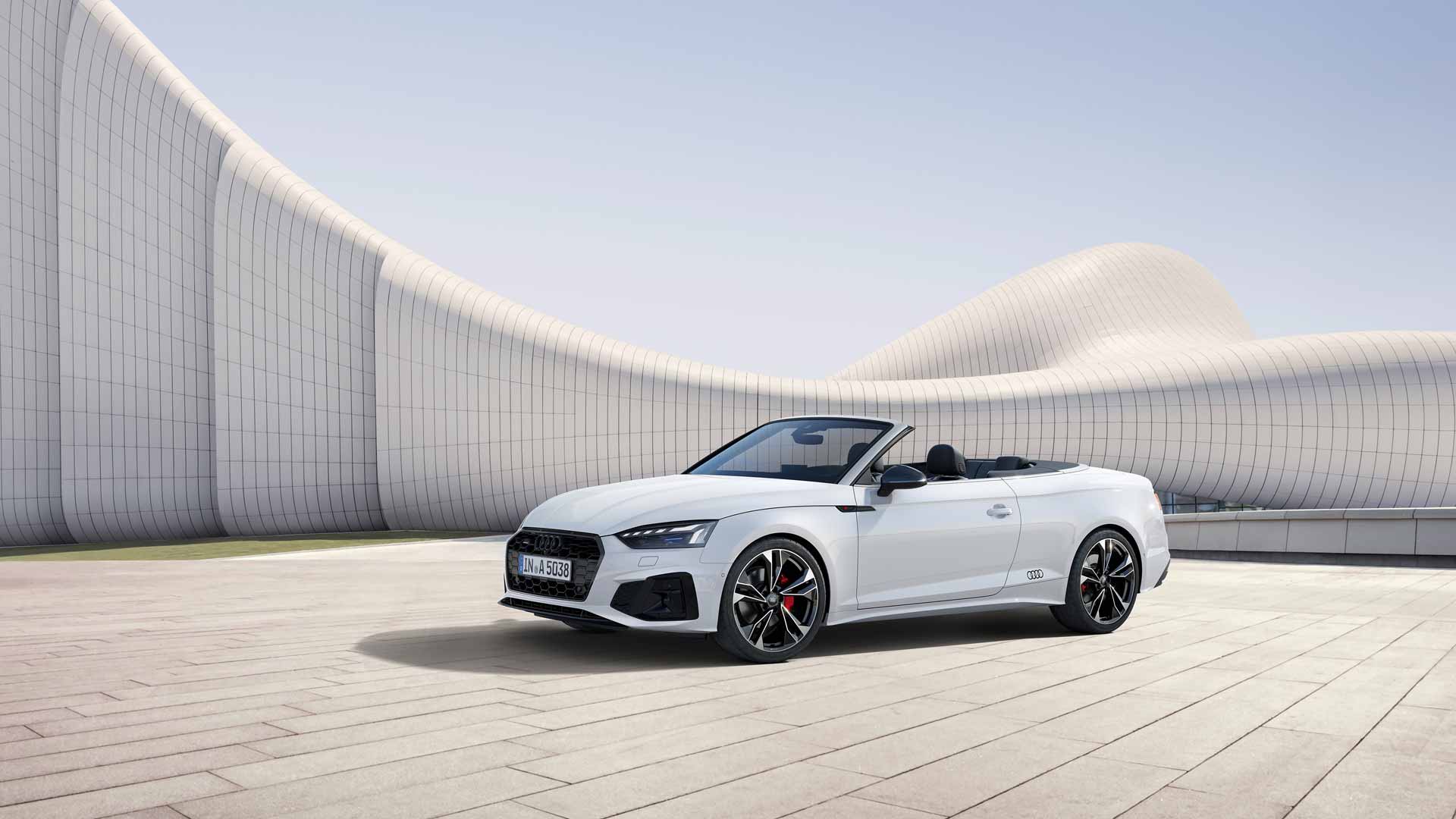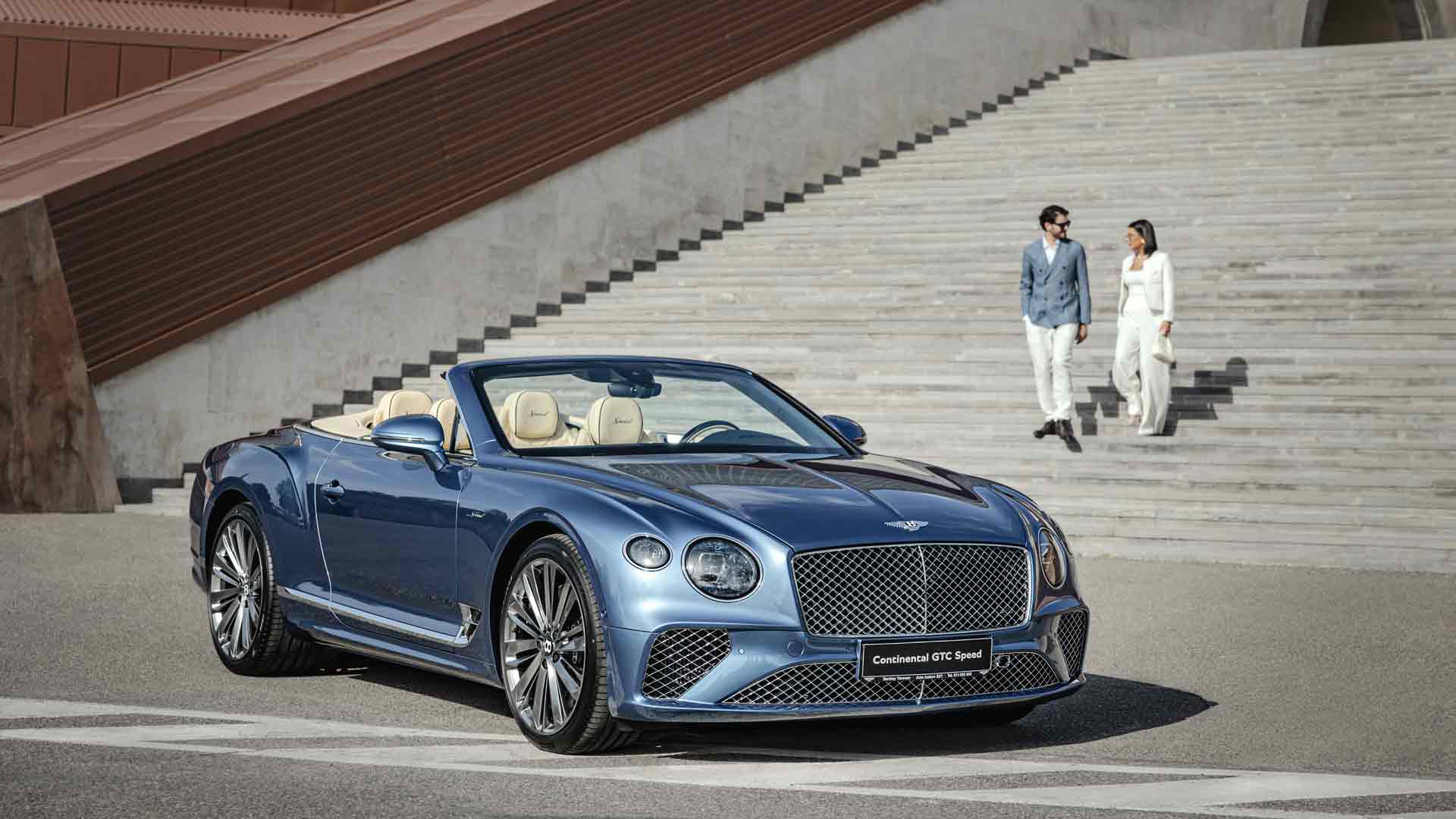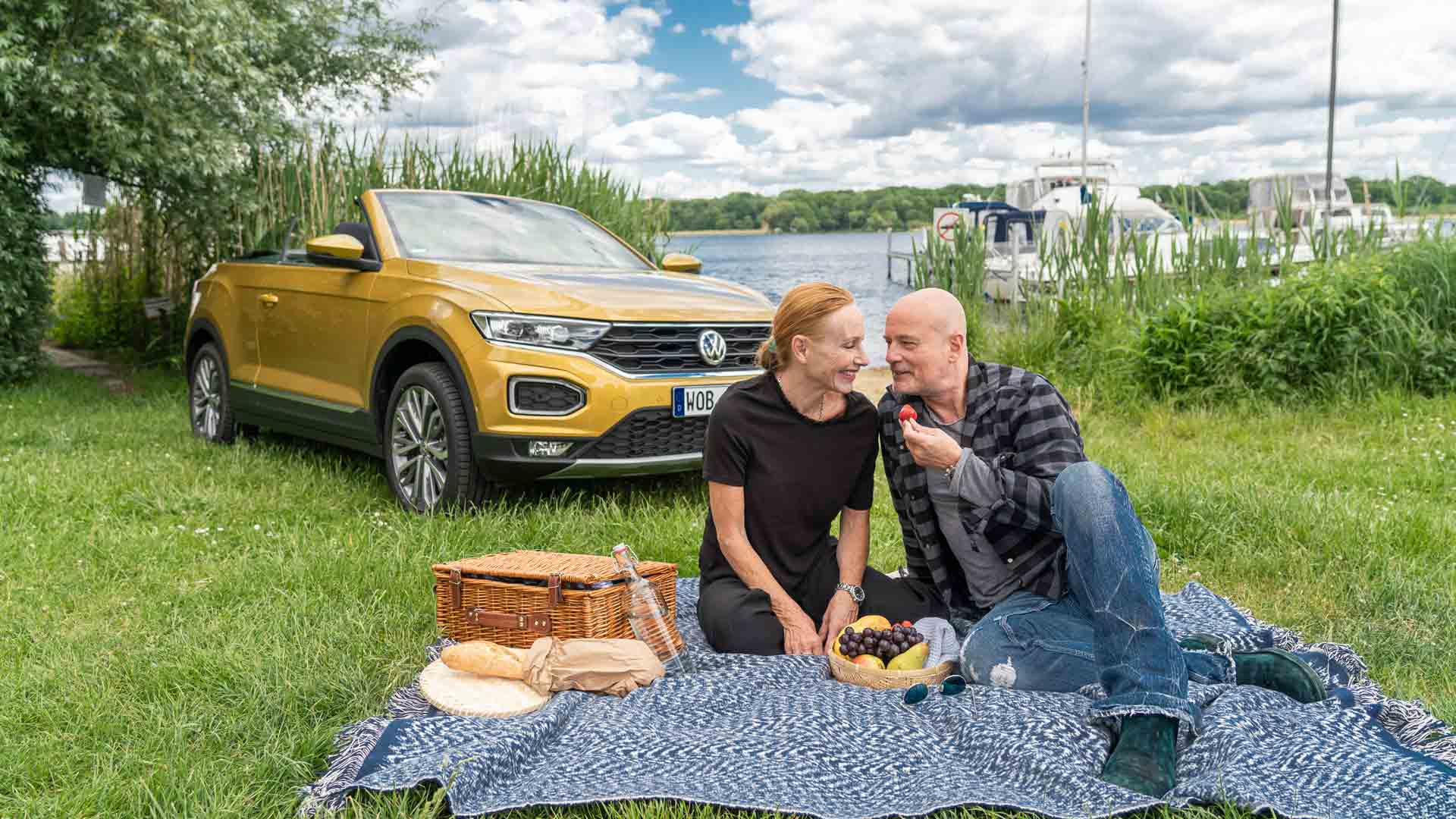Topless
Feeling, seeing, and smelling the sun: only the convertible offers that. Having looked at the beginning of cars without roofs (see article: Summer, sun, convertible), we approach the present in our second and last part.
Convertible death:
Ralph Nader is to blame
In the 1960s, convertibles continue to play more of a minor role. The eternal Beetle convertible lives on merrily, Mercedes has stately open cars in its program, delightful British roadsters and elegant Italian convertibles are imported, Peugeot in France also has chic “décourvrables”, the 404 and 504, and Citroën offers the DS, “the goddess”, as a divine convertible. Many of these open-top cars are built mainly to be exported to the USA, because it never rains in southern California. The main market for European topless cars is the USA. Until Ralph Nader comes along. In 1965, the controversial American consumer advocate publishes his famous book “Unsafe at any Speed”, in which he mainly denounces the supposedly dangerous rear-engine cars, but also the lack of accident safety of convertibles. His book helped him to gain a great reputation. Sales of rear-engine cars in the USA (especially the Chevrolet Corvair and the Volkswagen) are declining, and hardly anyone buys a convertible anymore. Nader is the instigator that car companies around the world are increasingly turning their attention to occupant protection and road safety. Even American politicians are taking action and enacting corresponding laws and licensing regulations to which carmakers must adhere. After Nader’s criticism, the US auto industry stops building convertibles for years, and the US market is off-limits to imported roadsters for a long time. One of the reasons why the Porsche 911 Targa is designed with an integrated roll bar rather than as a full convertible is so that it can be registered in the USA. A number of European roadsters and convertibles have to die because they no longer comply with regulations for registration in the USA, thus eliminating their main sales market. In Europe in the late 1960s and early 1970s, there are only two four-seater open-top cars left to buy, and they could hardly be more opposite: at the bottom of the hierarchy, the Volkswagen Beetle Convertible, and at the top, the Rolls-Royce Corniche Convertible. Apart from a few dogged two-seater roadsters (Alfa Romeo and Fiat 124 Spider, a few British roadsters like the MG B or the Triumph Spitfire), the 1970s are the convertible-free decade.
[1] In the 1960s, mid-size cars liked to be decapitated. Opel’s favorite coachbuilder was Autenrieth, here the Rekord P II from 1960. Photo: Wolfgang Diem
[2] A few Rekord years later: the Commodore A Cabriolet with bodywork by Deutsch together with the open Rekord A and Rekord C. Photo: Wolfgang Diem
[3] Deutsch specialized in Ford, but also decapitated Opel after Autenrieth had gone bankrupt. A Ford 20m RS P7b without roof. Photo: Wolfgang Diem
[4] The French also have delightful convertibles: the Renault Floride. Photo: Renault archive
[5] American classics are the Chevrolet Corvette, here the Ford Mustang Convertible from 1965. Photo: Archive Ford USA
[6] Unforgotten: the Alfa Duetto ... Photo: Archive Alfa Romeo
[7] ... and its modified version, the Fastback Spider. Photo: Alfa Romeo archive
[8] Immortal, present in every retrospective decade: the eternal Beetle, here a 1961 model. Photo: Archive Volkswagen
[9] This is the Beetle’s refined sister, the Karmann Ghia, also blessed with a long life, from 1955 to 1974. Photo: Archive Volkswagen
[10] Almost forgotten today: the big Karmann Ghia based on the Volkswagen Type 3, released as a 1500, disappeared as a 1600. Photo: Archive Volkswagen
[11] At the top end: the Bentley Continental with bodywork by Mulliner/Parkward, the so-called Chinese Eyes. Unforgotten in its role in the cult film “Blow up”. Photo: Archive afs
[12] For a long time, the only four-seater convertible on the market besides the Volkswagen Beetle: the Rolls-Royce Corniche Convertible. Photo: Matthias Schmidt
[13] Mercedes stays true to the genre: there is a convertible based on the big sedan, here a 280 SE 3.5 from 1969. Photo: afs
[14] Even Eastern Europe offers something open, the Škoda Felicia. Photo: Matthias Schmidt
[15] Roadsters are a very special genre: tough, but hearty, the happiness of young men. Really cute, the first Austin-Healey Sprite nicknamed “Frogeye” (1958 to 1961). Photo: Archive afs
[16] Its big brother, also nicknamed “The Pig”: this Austin-Healey 3000 was owned by an American occupation soldier in West Germany (license plate: “US Forces in Germany”). Photo: Archive afs
[17] The late version of the MG Midget, also available as Austin-Healey Sprite Mark II, still with chrome bumpers. The last models have rubber bumpers instead of chrome. Photo: afs
[1] American classics are the Chevrolet Corvette, here the 1963 model. Photo: Archive GM
[2] Mercedes stays true to the genre: the SL, here the Pagoda, 1963 to 1969. Photo: Daimler archive
The “handle to throw away”
The roll bar is becoming more and more widespread. Even the Beetle Convertible has to die in January 1980, its successor based on the Golf/Rabbit features roll bars – the “handle to throw away”, as the hardcore convertible drivers say, and the open Golf is derided as a “strawberry basket”. And yet, it is the trendsetter for a generation of European convertibles with handle, such as the Ford Escort, the Opel Kadett, the Peugeot 205, et cetera. These are now “safe” convertibles because they no longer decapitate their crew in the event of a potential rollover. Existing concepts are redesigned, and Baur in Stuttgart invents the top convertible. As a result, the BMW 1600 full convertible becomes the BMW 2002 top convertible. Interesting layout: a wide roll-over bar, even with a narrow side window; in front of it, i.e. above the front seats, a Targa roof à la Porsche, behind it a folding fabric top. Completely open vehicles without roll bars, on the other hand, are enjoying a renaissance in the 1980s, even in the USA. One of the pioneers there is Chrysler with the LeBaron convertible, the first open four-seater made in the USA for a long time.
[1] The strawberry basket: the prototype of the convertible with roll bar is and remains the first Golf, shown here is the top version of the first, a Golf GLS with alloy wheels from 1979. Photo: afs
[2] Porsche invented the Targa principle and the word Targa, which is trademarked for Porsche. Among the most colorful is the 911 Carrera Targa Rainbow by tuner bb, which was even allowed to grace the cover of a 1977 Auto–Motor–Sport magazine. Photo: Porsche archive
[3] The completely open BMW 1600 Cabriolet, created by Baur in Stuttgart, ... Photo: Reinhard Veit
[4] ... becomes the BMW 2002 Top Convertible with a roll bar, which even has an extra side window integrated. This somewhat neglected specimen has lost its appeal. Photo: afs
[5] Baur also applies the top convertible principle to the Opel Kadett C Aero. Photo: afs
[6] The Beetle Convertible may have to die in 1980, amid protests from a huge fan base. But it remained en vogue, used cars were at times traded at the price of a new vehicle. Its popularity remains unbowed to this day. Photo: Archive Volkswagen
[7] In the 1980s, Americans are suddenly ready for the full convertible again, and almost everything that is released has the US market as its target. The 1983 Porsche 911 SC 3.0. Photo: Porsche archive
[8] Many a European car is built as a convertible, but only for the US market, such as the Renault 9 alias Alliance. Photo: Matthias Schmidt
[9] The legendary 1987 Saab 900 Cabriolet, which set the pace for several generations of open-top Saabs, was also created for export across the pond. Photo: Archive afs
The retro wave and the coupé convertible
The 1990s see what is known as the retro wave. In the course of this, even the classic British roadster experiences a rebirth, albeit not on the British Isles, but on the Japanese island. The Mazda MX-5 is the forerunner, followed by several other similarly styled vehicles – and that all around the globe. In the end, they all swim along on the MX-5 wave, the BMW Z3, the Mercedes SLK, the MG-F, the Fiat Barchetta, and the Toyota MR-2.
The 1990s are also the decade when the convertible is finally elevated to the status of a first car suitable for everyday and year-round use. Until then, it had been a pure luxury item; hardly anyone drives a roadster or a convertible as a first car; it is more of a collector’s item. But in order to turn young high-income earners into convertible drivers, automakers want to get their convertibles out of the niche and into volume. Thus, the coupé convertible is invented. These are convertibles without a soft top, but with electrically driven, foldable steel roofs that unfold or fold at the push of a button in a circus-like acrobatics. When closed, the car looks like a coupé. The idea is not new, by the way; there are examples of it in the 1930s (Peugeot) and 1950s (Ford USA). But the 1990s coupé convertible is an absolutely democratic car, very widely used. The disadvantage of this design is: the electronically controlled roof construction is complex, complicated, and therefore, especially after a certain age, very prone to errors. Many a used car becomes a total loss because the roof electronics give up the ghost. And then, there’s the design: in order to be able to stow the steel plates that make up the roof, a lot of space is needed in the trunk. And then, in order to offer minimal storage space for at least one crate of Bionade, the coupé convertibles, especially in the small and mid-size segment, have a big butt. This counteracts their claim to sportiness and elegance. Today’s convertibles have massive windshield frames made of high-strength steels and automatic roll bars that only spring up when needed. There’s no need for “strawberry baskets” anymore. And the coupé convertible has also outlived its usefulness. It’s purely a passing fad.
[1] The retro wave: the Ford Streetka quotes the 1950s. Photo: Michael Borgeest
[2] Volkswagen builds two generations of Beetles, Beetle quotes with modern Golf mechanics. Here, the 2018 Final Edition Beetle Convertible. Photo: Volkswagen
[3] The coupé convertibles are usually referred to as “CC”. Opel gives them a different name, Twintop. At times, Opel has had two twintops in its lineup, the larger 2006 Astra ... Photo: afs
[4] ... and the smaller Tigra, which is built at Heuliez in France. Photo: Opel
[5] Volkswagen also relies on the coupé-convertible principle with the Eos. Photo: Volkswagen
[6] Coupé convertible in the larger class: a 1999 Volvo C70, a two-tone special model in Caspian Blue with a silver roof. Photo: Volvo archive
The new millennium: the specialists die
The convertibles and coupé convertibles of the 1990s are rarely built in the large automotive plants. Almost all of these vehicles are either developed at the car plant, but built at external bodywork specialists such as Karmann, Bertone, a or Heuliez, or designed and manufactured right there. Exactly the same applies to the conventional convertibles with fabric tops in this period. At that time, there is a tendency that all car manufacturers want to cover even the smallest niche and satisfy the most special customer request. They build four-door coupés, crossovers, station wagons with coupe-like rooflines, sports car station wagons (“shooting brakes”) and, above all, an SUV in every automotive segment. That’s too much for the assembly lines, and that’s why the particularly “niche” niches like convertibles are being outsourced. This trend is now coming to an end. It also means the end of traditional car body manufacturing companies. Take Karmann, for example: because Daimler and Audi are once again building their cabriolets themselves, and Karmann was unable to get any follow-up orders, it had to file for bankruptcy in 2009. The last car built at Karmann is a black Mercedes CLK Cabriolet on June 22, 2009. At the instigation of its major shareholder, the German state of Lower Saxony, Volkswagen takes over the Osnabrück plant from the bankruptcy estate. As a result, the Golf Cabriolet continues to come from Osnabrück until 2016, and the site also serves Porsche in the event of capacity bottlenecks at its main plant in Zuffenhausen. Today, the Porsche Boxster and Cayenne come from Osnabrück, as do the Volkswagen T-Roc Cabrio and the Volkswagen Arteon Shooting Brake. But this is no longer the Wilhelm Karmann company. This is the Volkswagen plant in Osnabrück. Other well-known body builders like Bertone in Italy and Heuliez in France share the same fate at the same time for the same reasons.
[1] Convertibles in fashion: eight types come from the Volkswagen Group alone, from the Beetle to the Bentley. Photo: Volkswagen
[2] Legends need to be nurtured: the Chevrolet Corvette C6 (2005 to 2013). Photo: afs
The open-air season
The car in 2023: much more controversial than ever before. It is no longer the sole master of the roadway, but must compete with cargo bikes for space on the asphalt. Drivers are given a bad conscience because they are climate killers, leave too high a CO2 footprint, and put their individualism before the common good. Anyone who drives an internal combustion engine is considered to be outdated and unconvincing.
But drivers themselves are also to blame for the bad mood that emanates from certain circles. Cars are getting bigger and bigger, fatter and more unreasonable, and the behavior of posers and aggressive motorcyclists doesn’t exactly ensure acceptance either. Driving a car is at best tolerated among representatives of the zeitgeist when a commuter actually has hardly any chance of getting to work by public transport. Even vintage car drivers already experience that their sweethearts, actually the sympathy carriers par excellence, are insulted by cargo cyclists. Driving a car is thus reduced to pure necessity and reason, and is regarded as an outdated concept. It is not supposed to be fun. But it does! As before! And you shouldn’t let it spoil your fun. You don’t have to be an eternally outdated person, a turbo capitalist, or an environmental sinner to make your dream of a beautiful convertible come true. Even as a second car. Next to the SUV. Driving topless is possible in all segments, classes, and price regions, from the Fiat 500 to the Bentley. In the 20,000- to 25,000-euro class, it starts with the Fiat 500 or the electric Smart. There is a lot in the middle class, from the Mazda Roadster and the Mini to the Volkswagen T-Roc as a mishmash of SUV and convertible. The class of adult convertibles is dominated by the German premium manufacturers Daimler-Benz, Audi, and BMW, but you can also get a Ford Mustang with “no roof” for an additional charge. The most beautiful and desirable cars are in the upper class between 60,000 and 100,000 euros, cars like a Jaguar or a Porsche 718 Spyder. Above that, in the luxury class, are the dream cars that you only see on the road in metropolitan areas. In this segment, there is the greatest variety, but this is the realm of dreams.
[1] You start small to drive with the top open: the Fiat 500 as a convertible sedan in traditional style. Photo: Fiat
[2] Something to be proud of in the garage: the Audi A5 Cabriolet in glacier white. Photo: Audi
[3] For the man who has everything: the Bentley Continental GTC. Photo: Bentley
[4] For the man who wants everything: a picnic with the Volkswagen T-Roc Cabrio, a new hybrid of SUV and convertible. Photo: Volkswagen
Text: Alexander F. Storz
Titlephoto: BMW
Oddities on open cars
The sunroof is nothing but a hole in the steel roof of a sedan or coupé. For a convertible fetishist, it is never an alternative.
Convertible drivers should wear headgear. UV exposure is underestimated because the wind from driving suggests the sun is not burning down from the sky.
Convertibles used to have no carpeting, only rubber mats, and not fabric, but leatherette upholstery. If need be, a convertible can be left open in the rain.
Definition convertible: vehicle that you can drive open in nice weather.
Definition roadster: vehicle that can be driven closed in bad weather if necessary.
Inspector Columbo drives his Peugeot 403 Cabriolet for a very long time (from 1968 until the end of the TV series in 2002). But the roof is never open.

